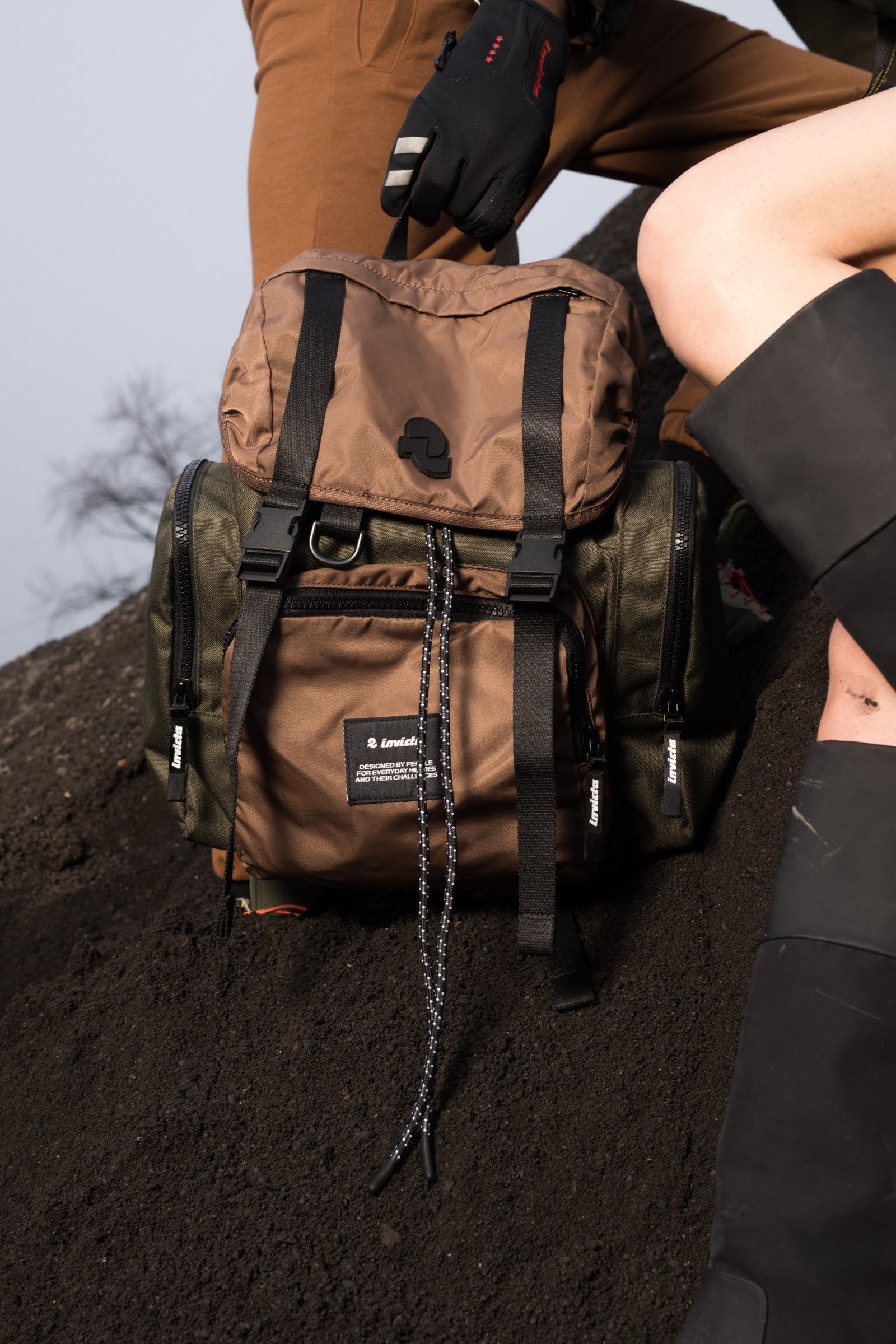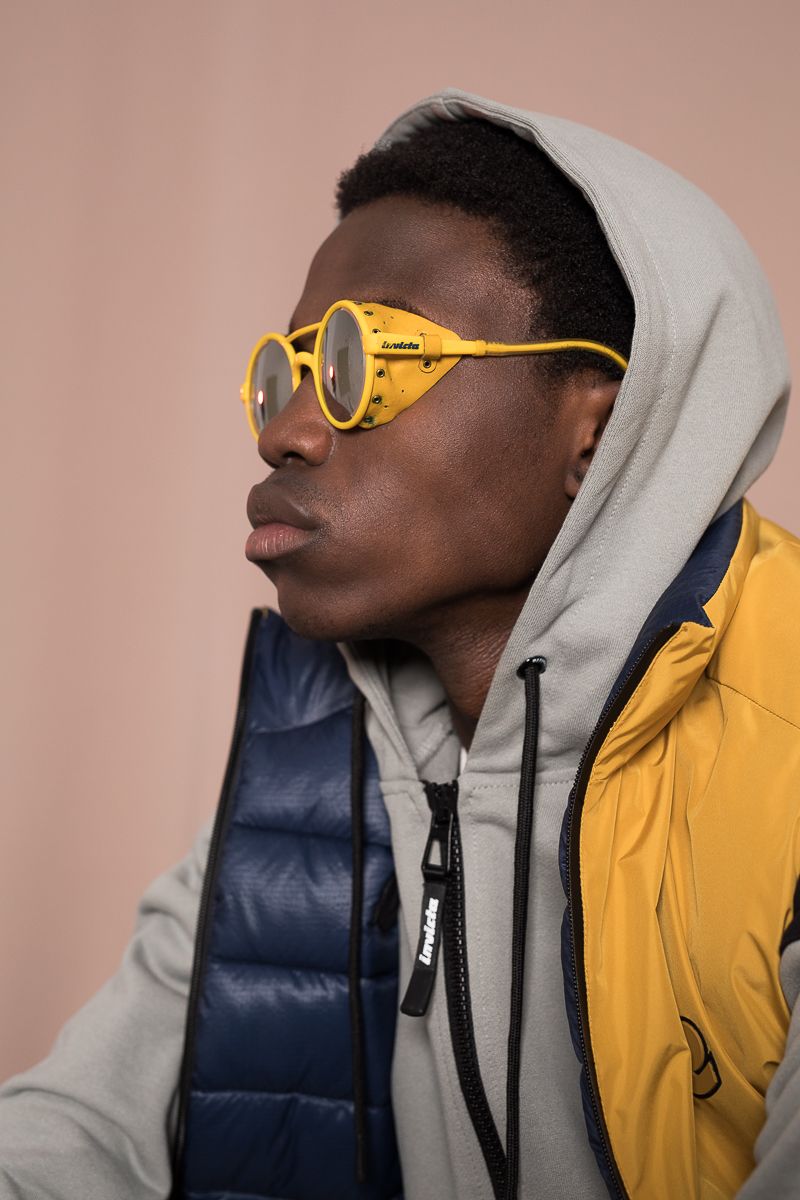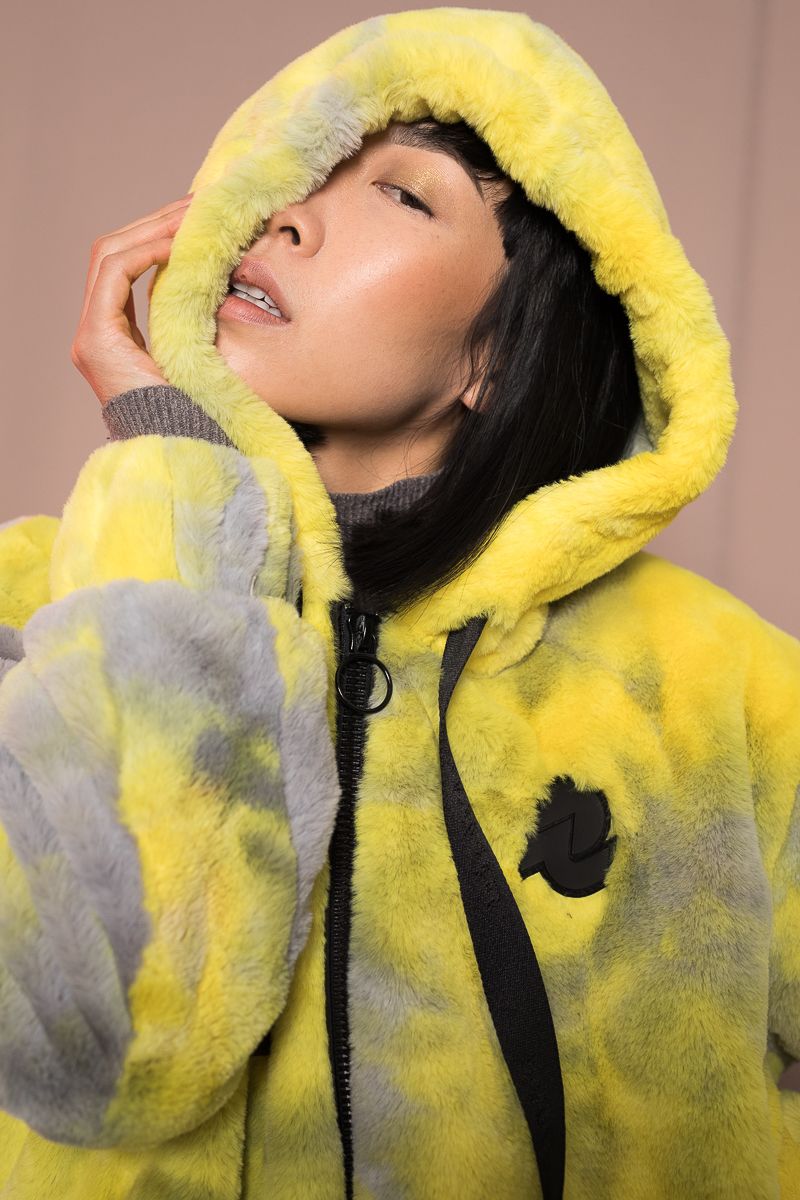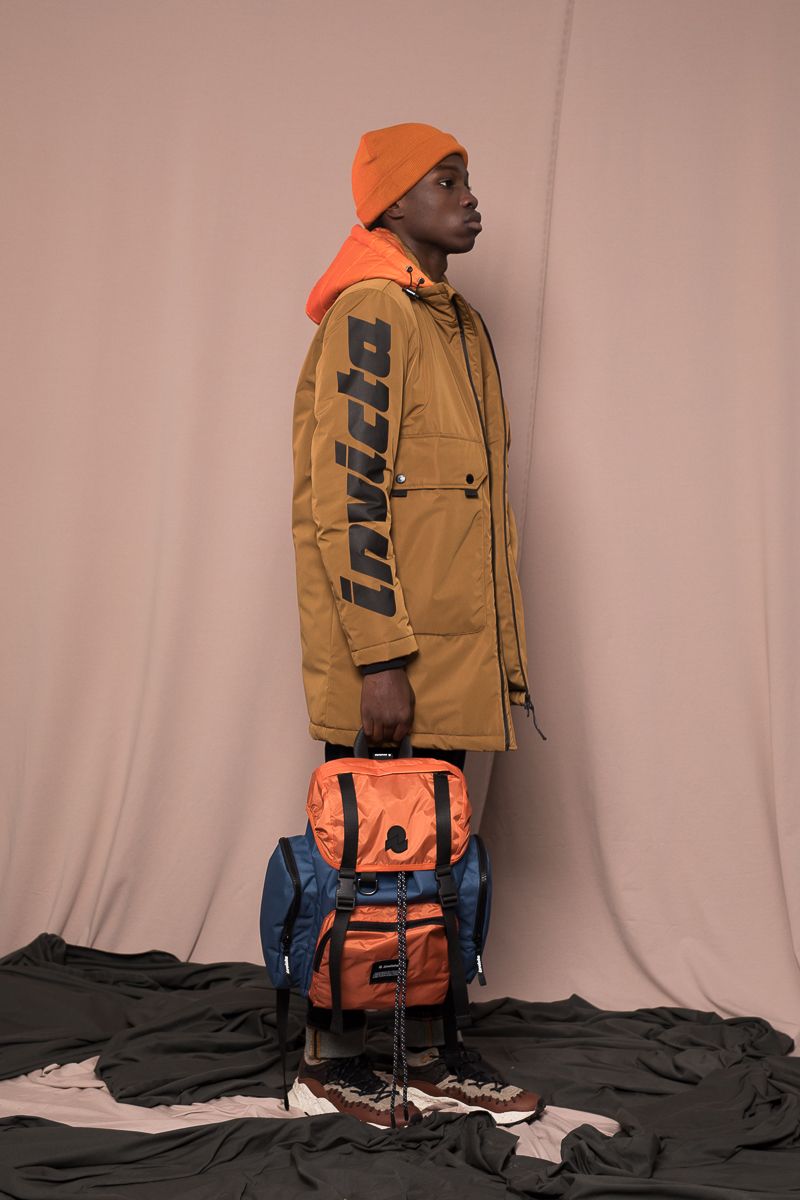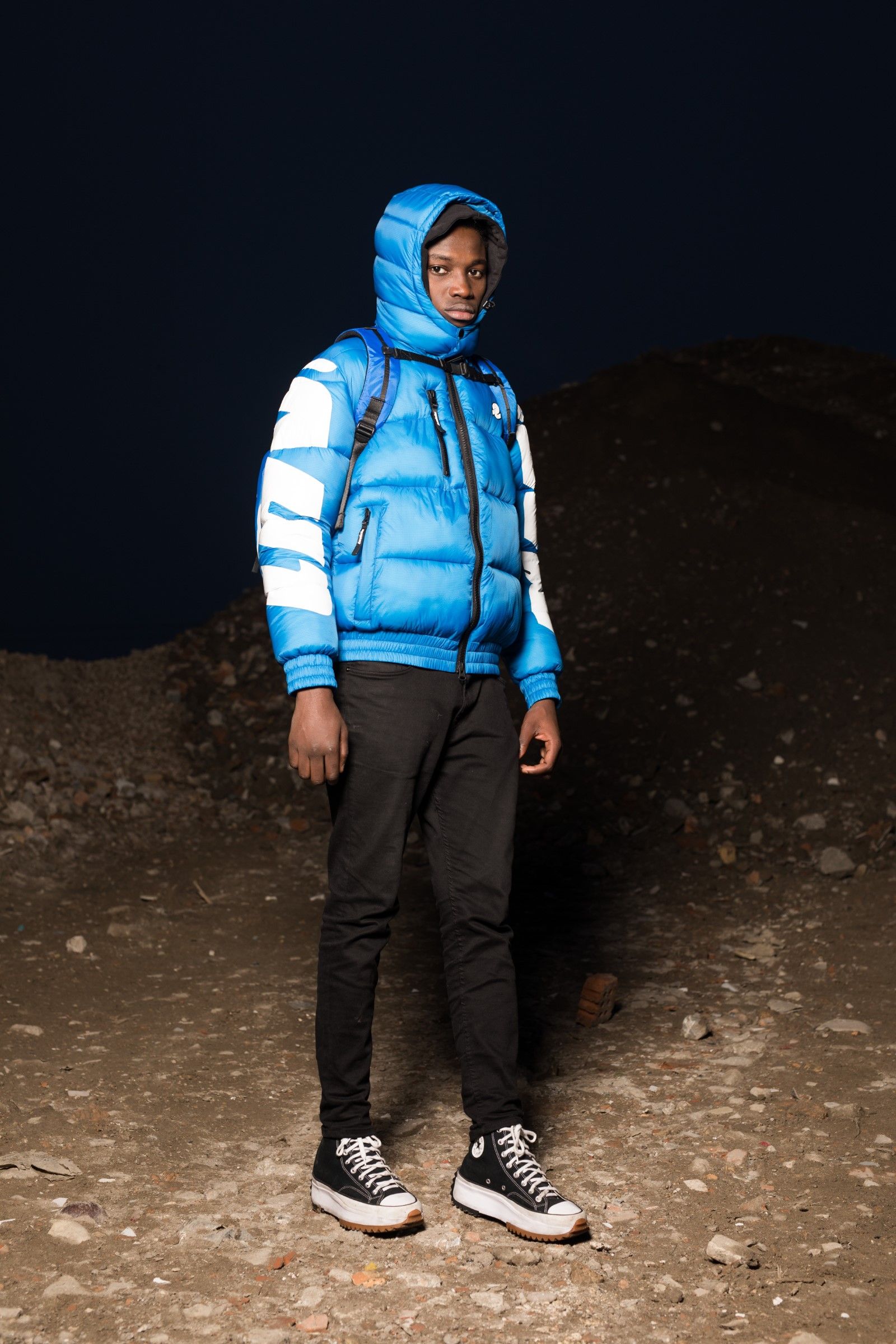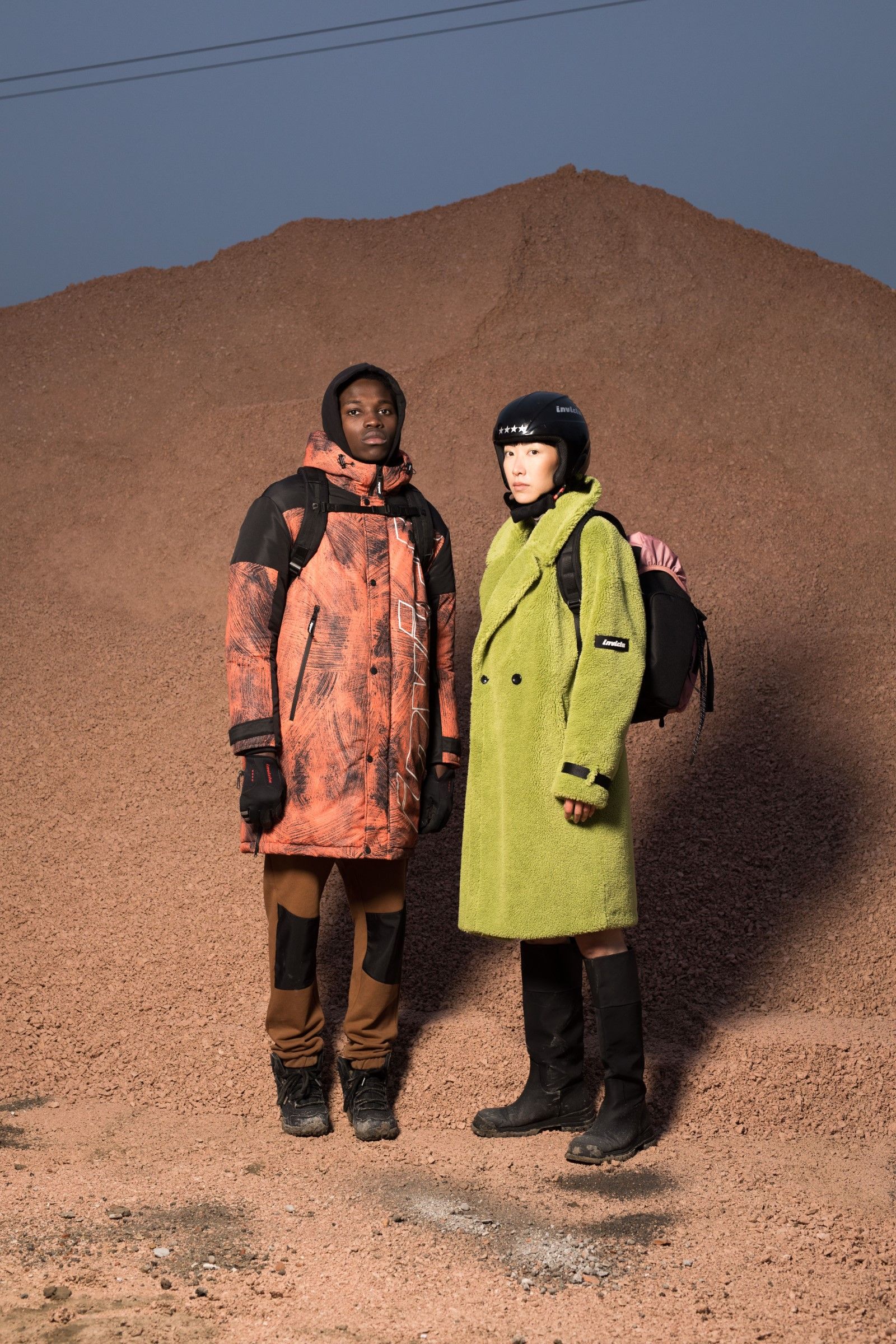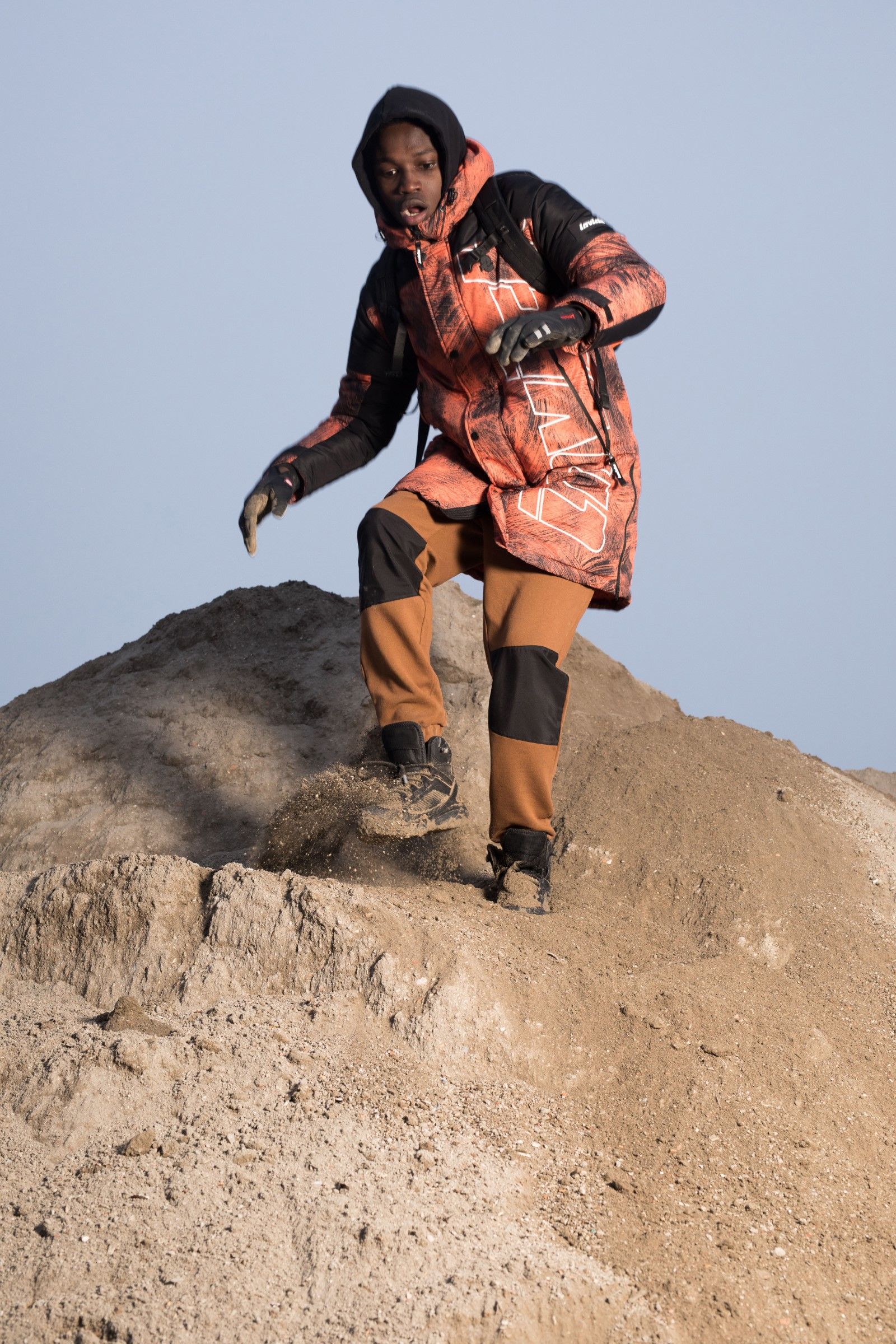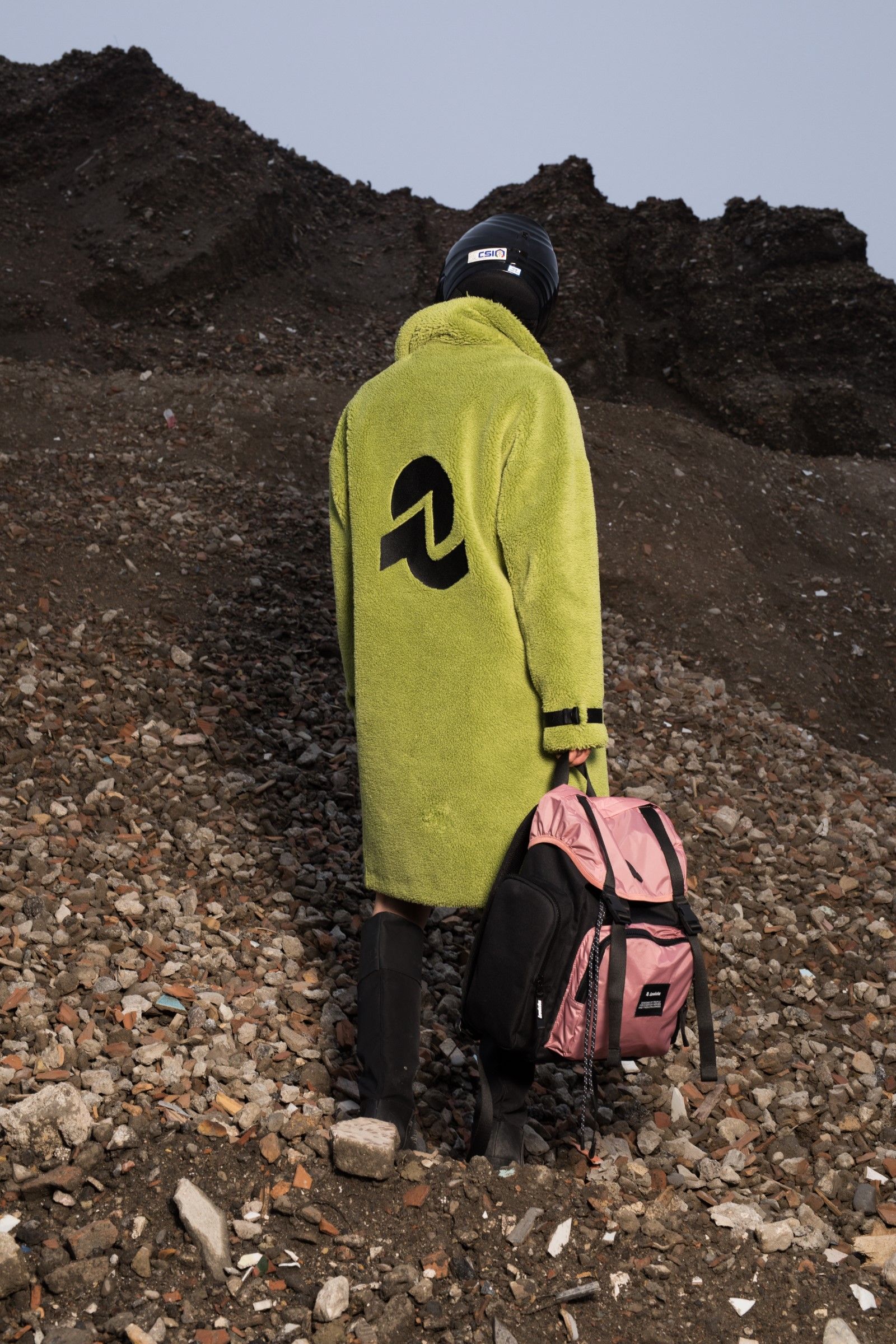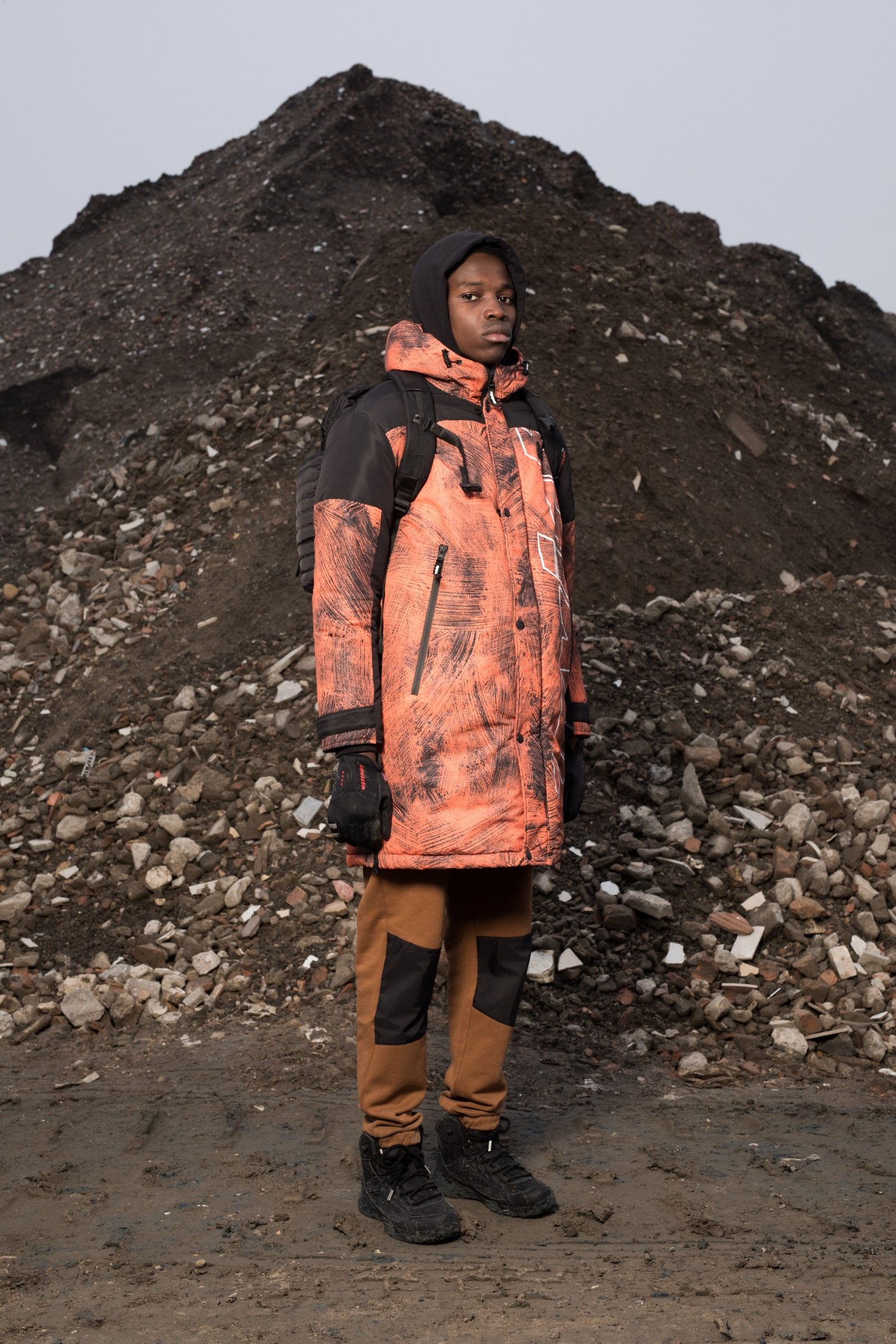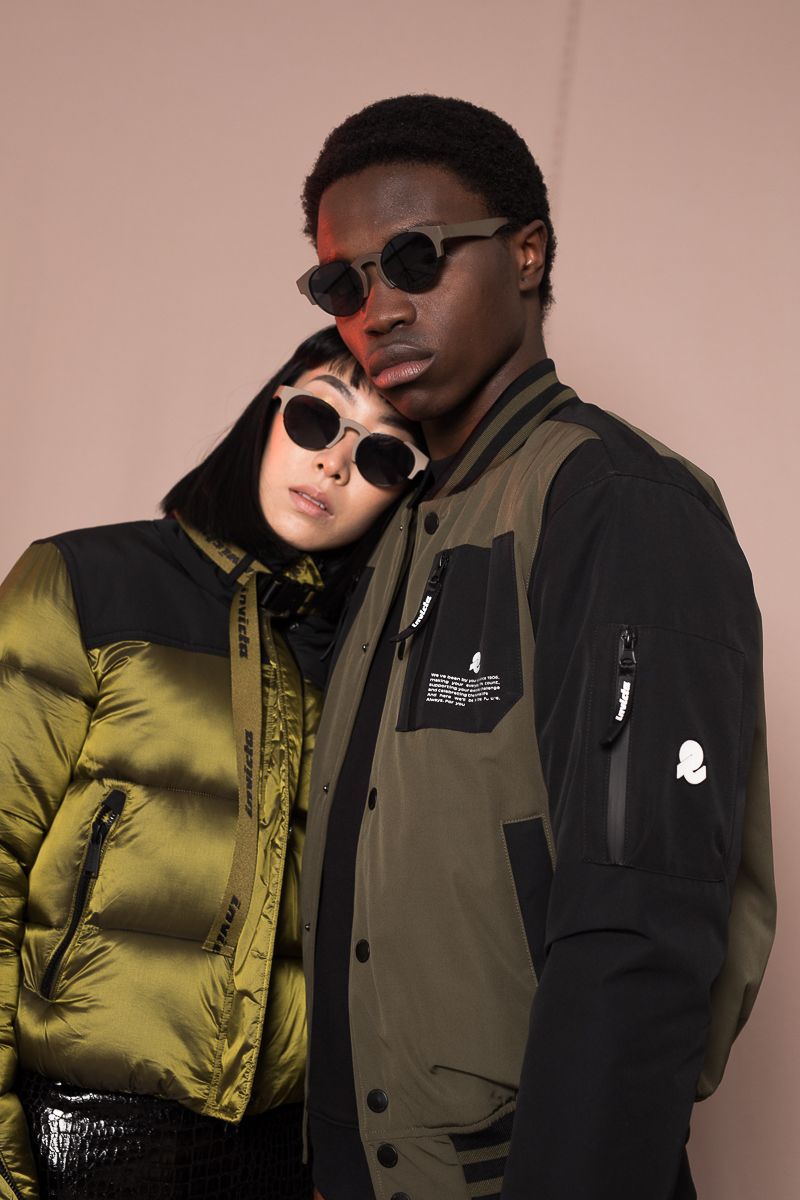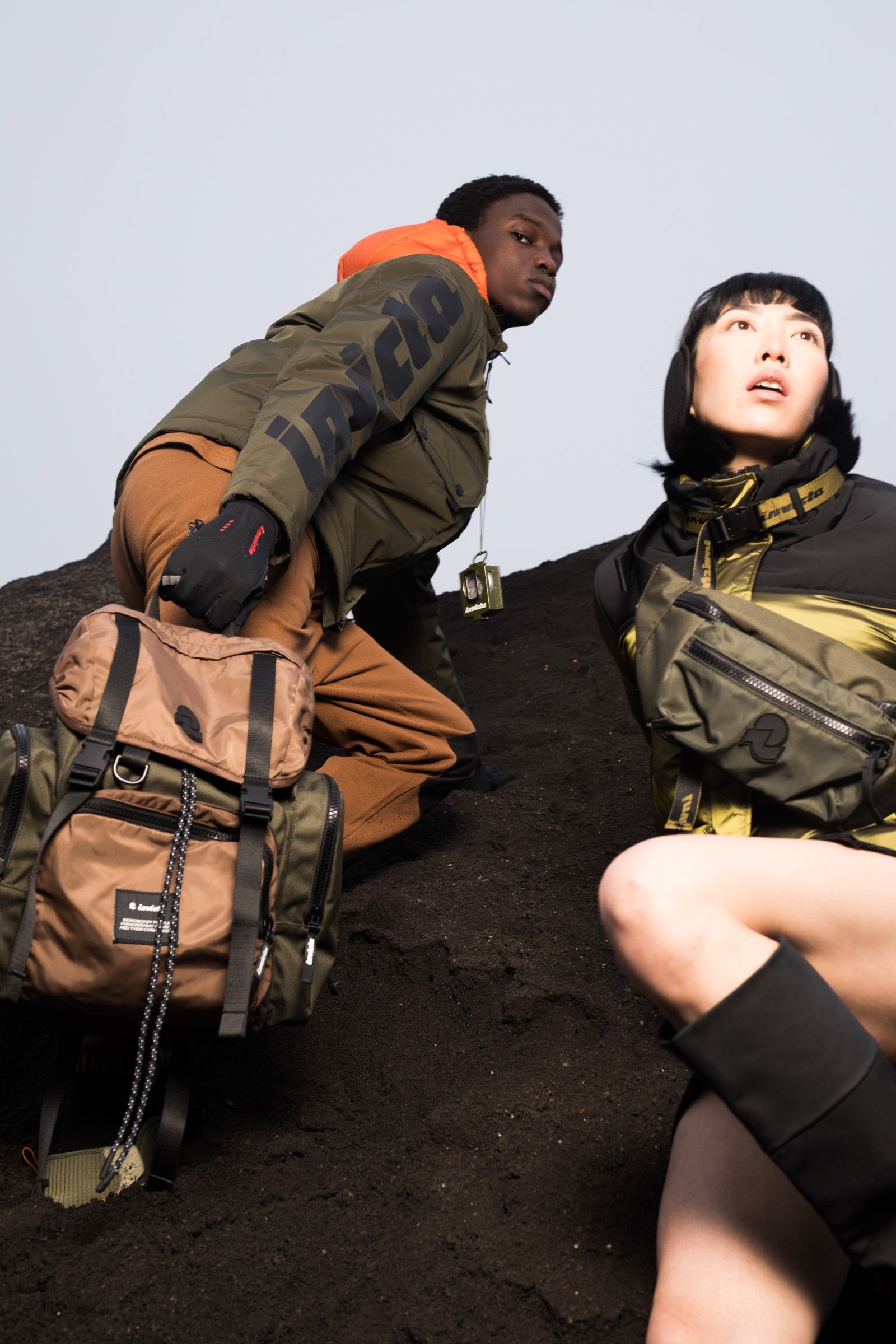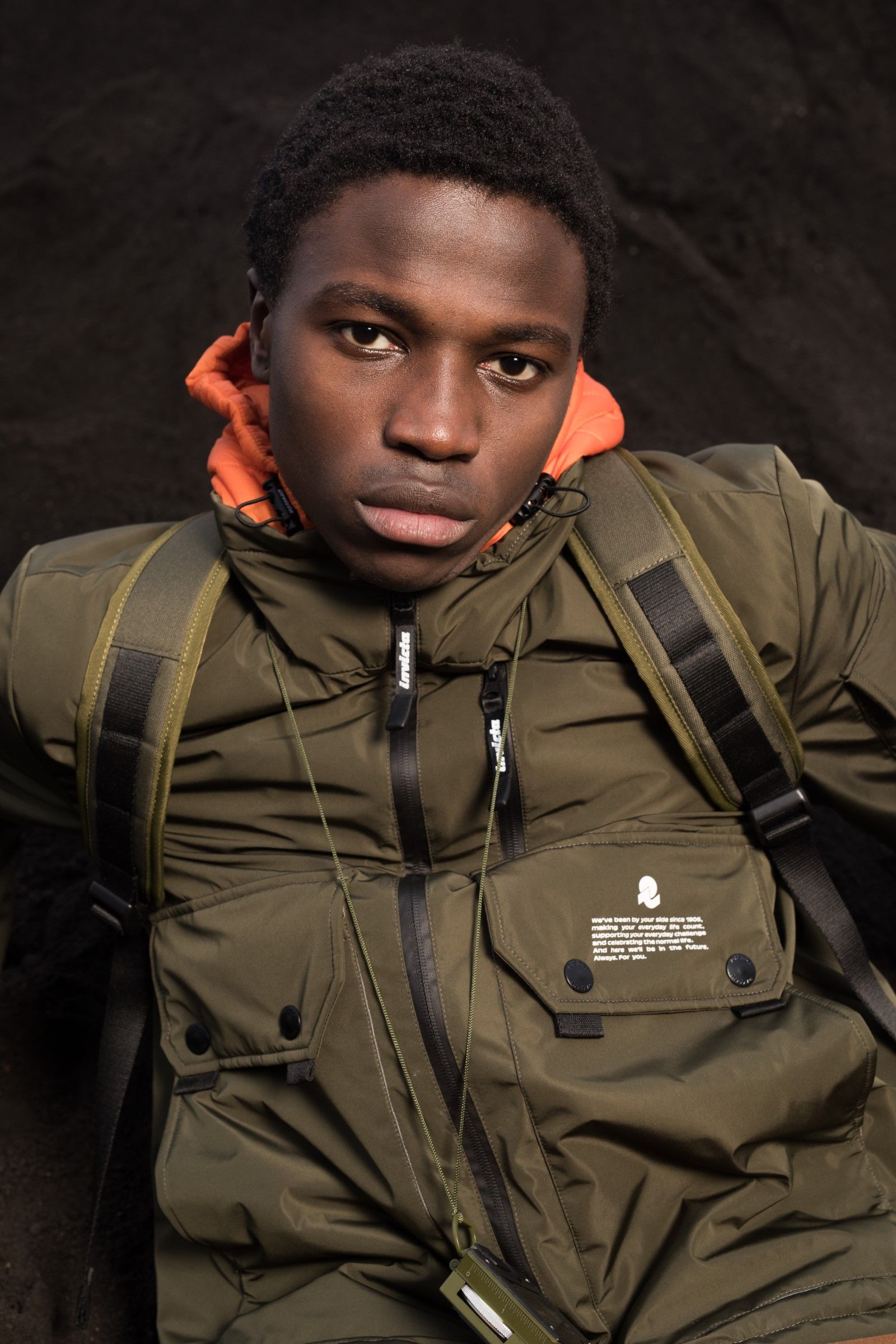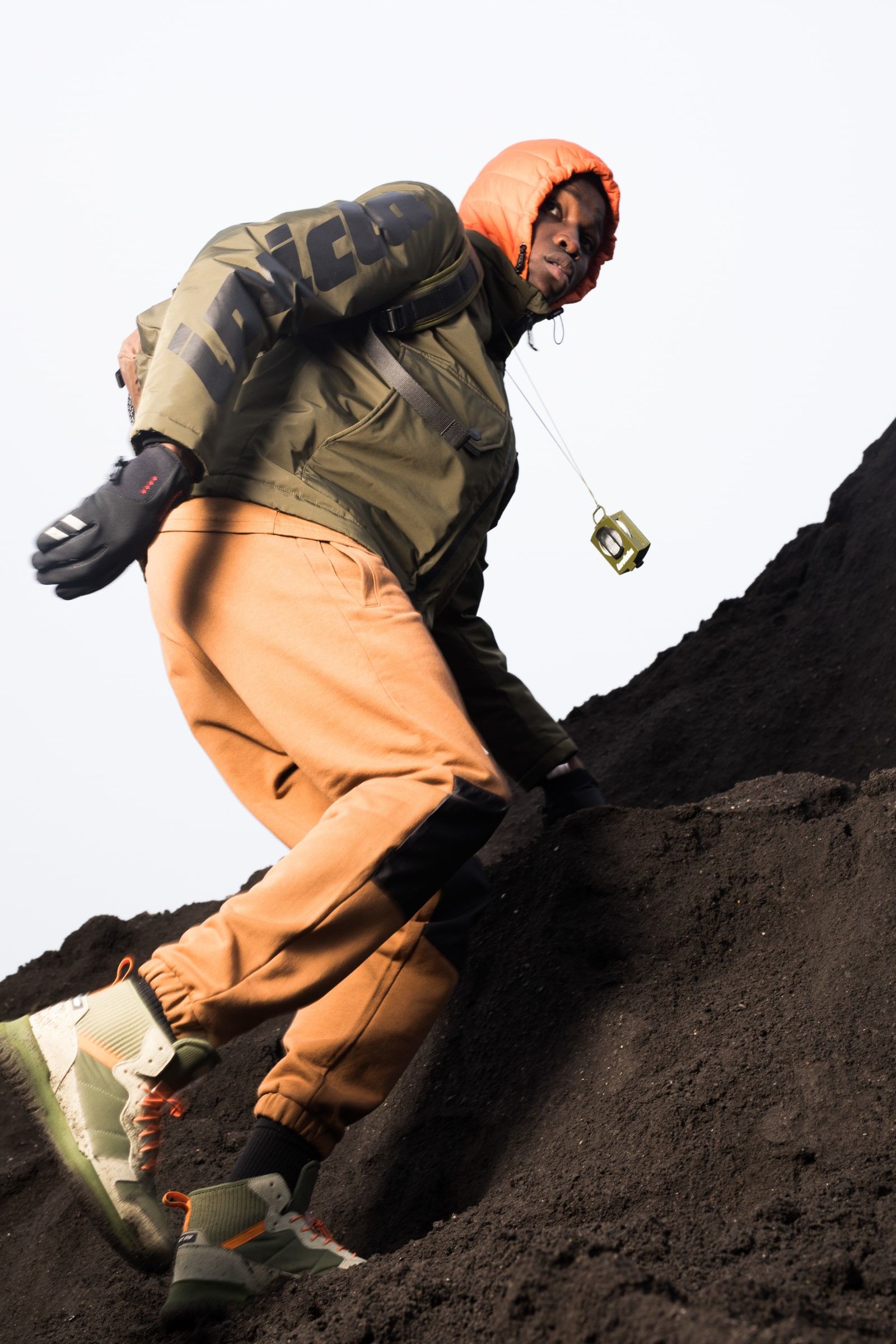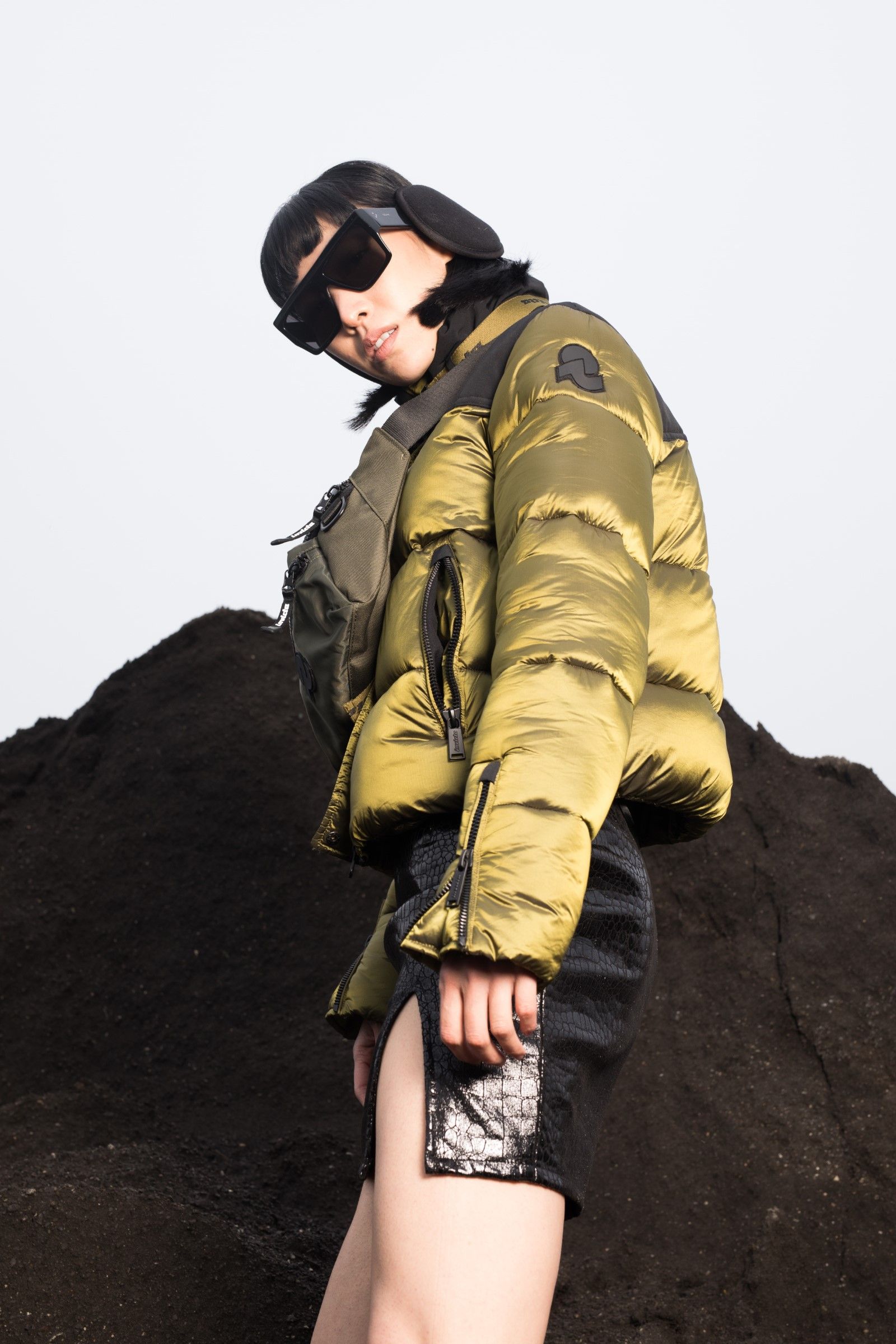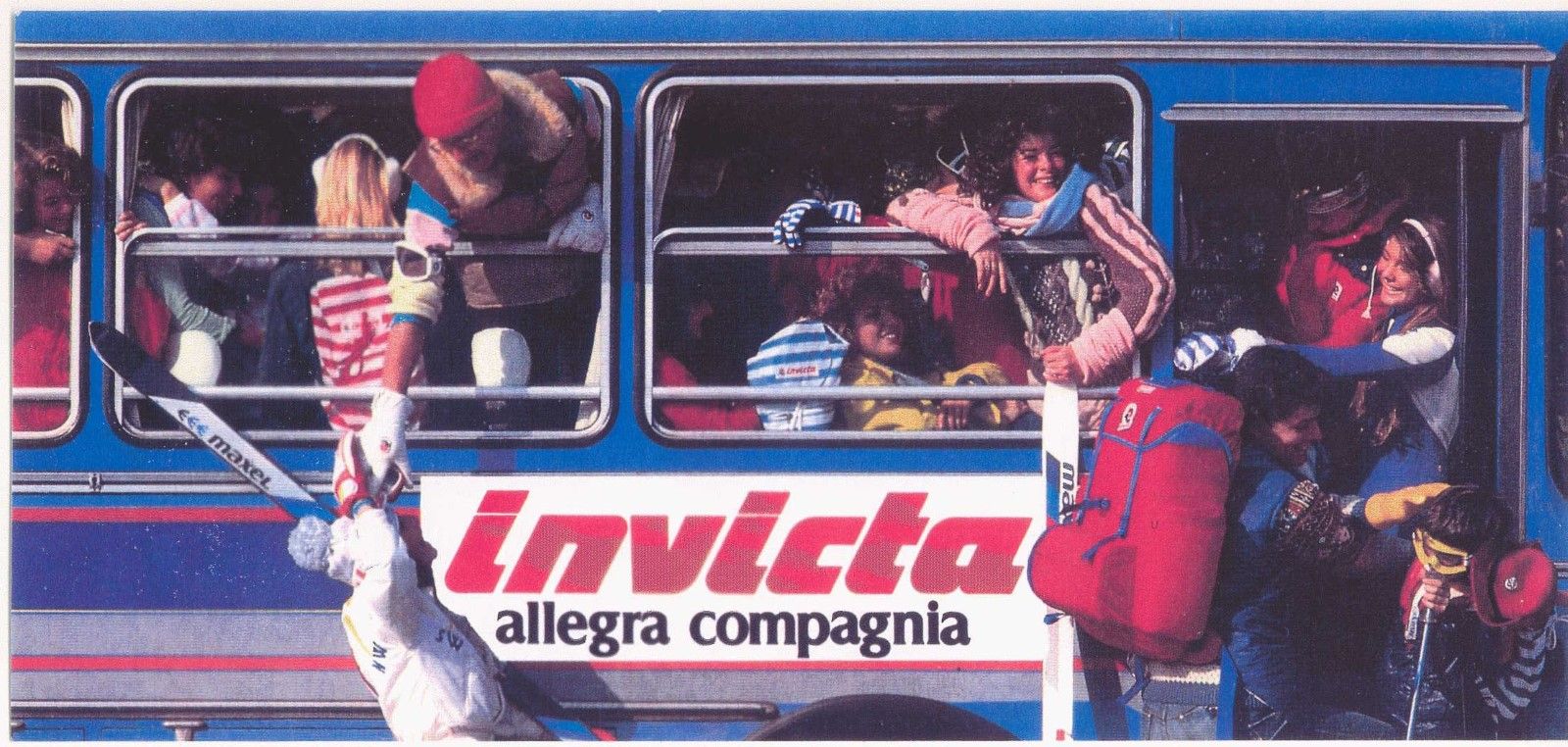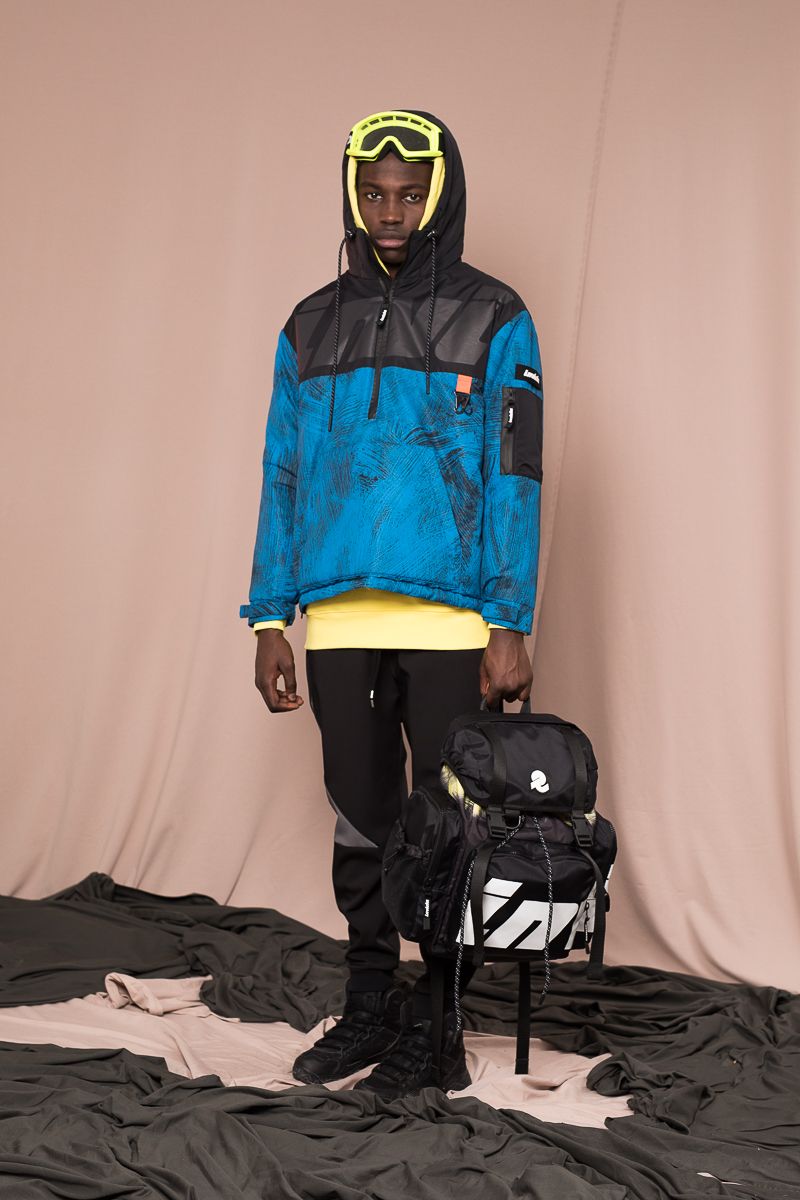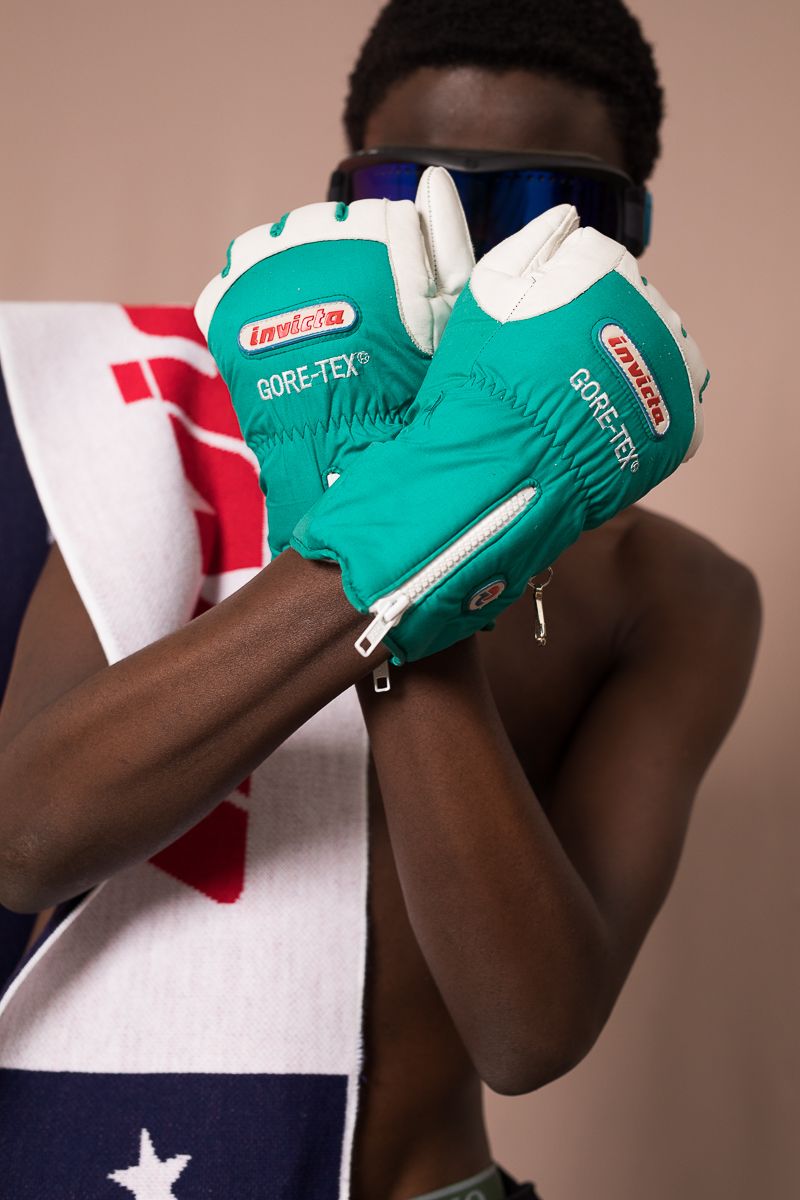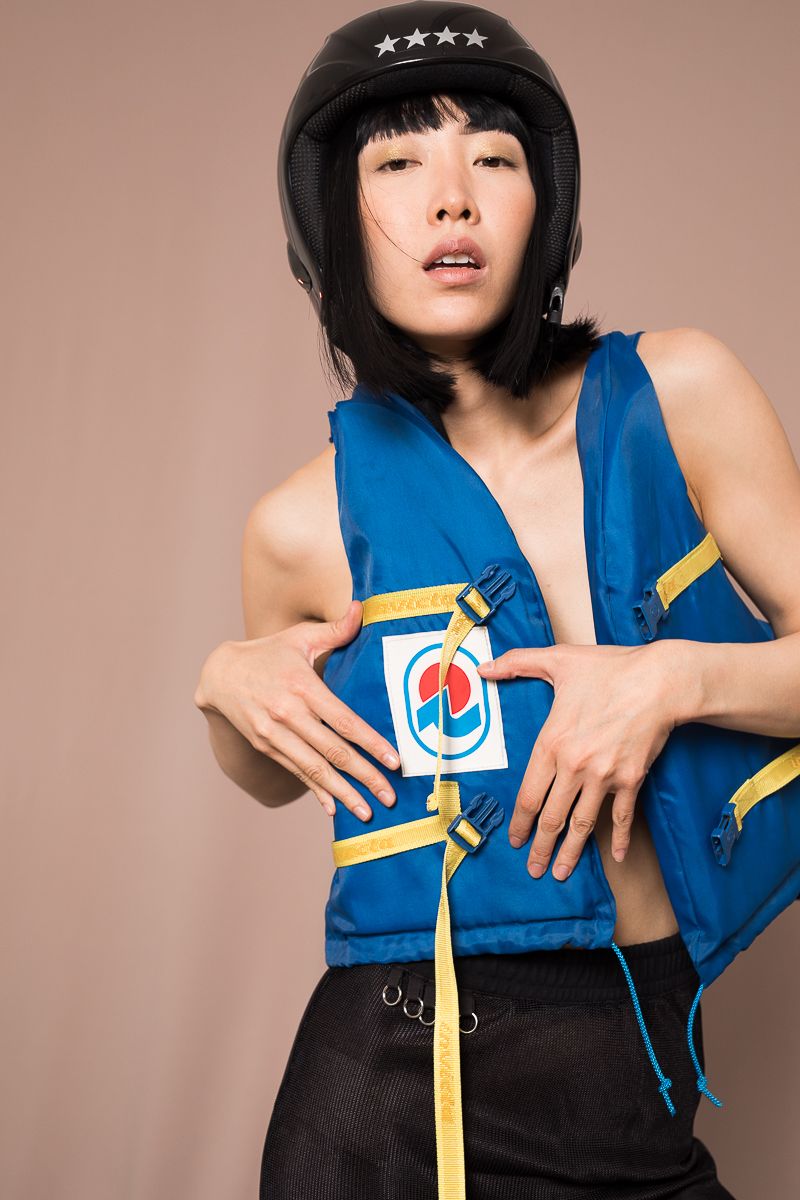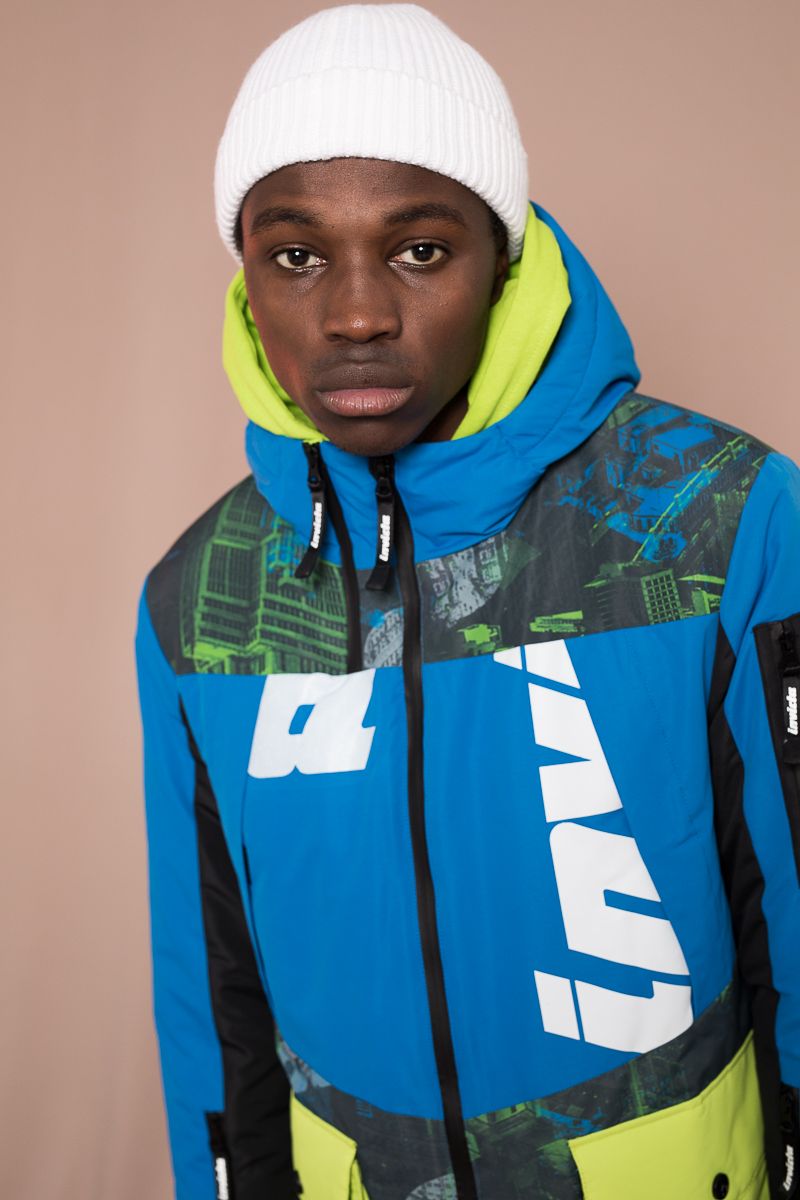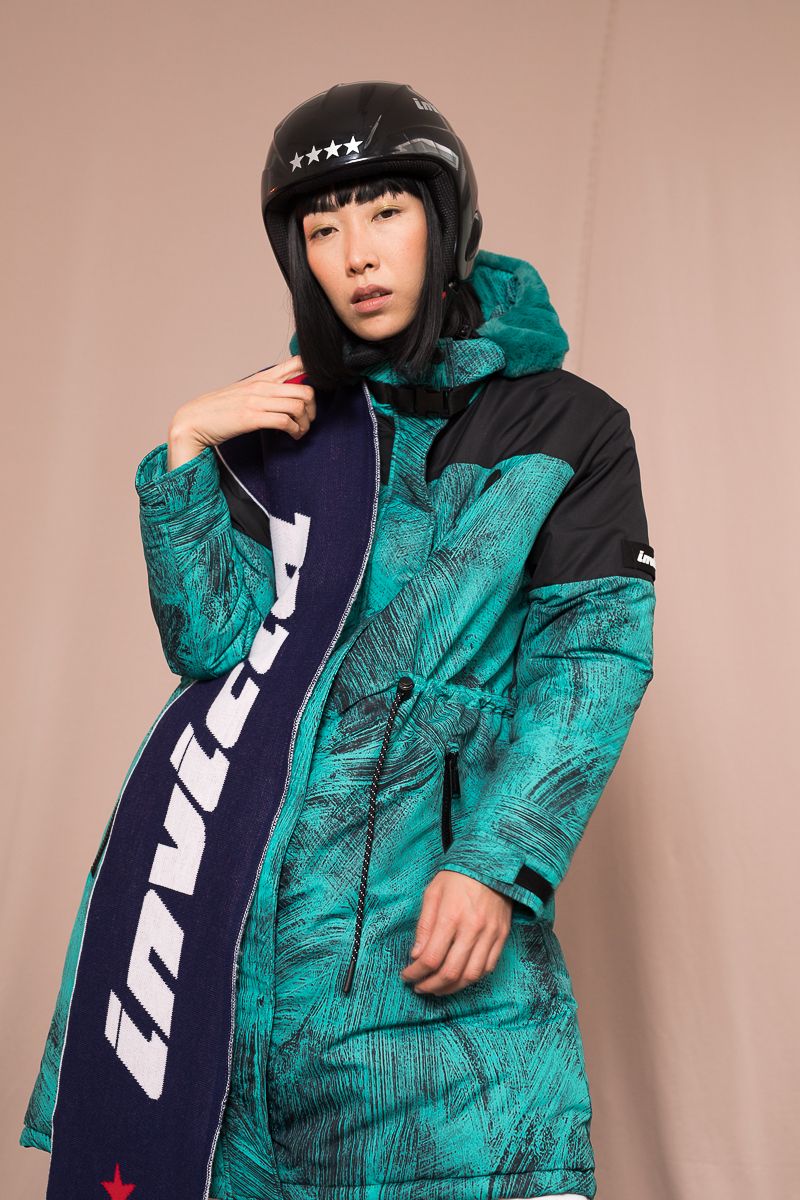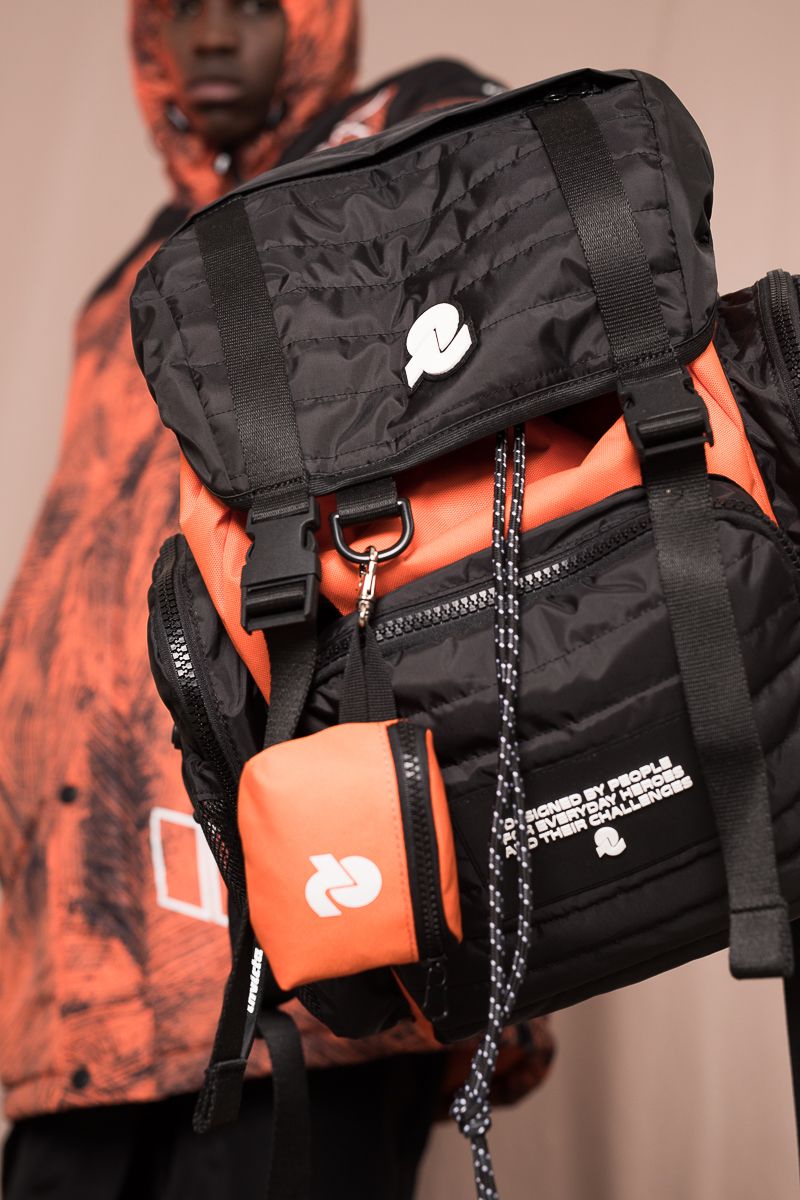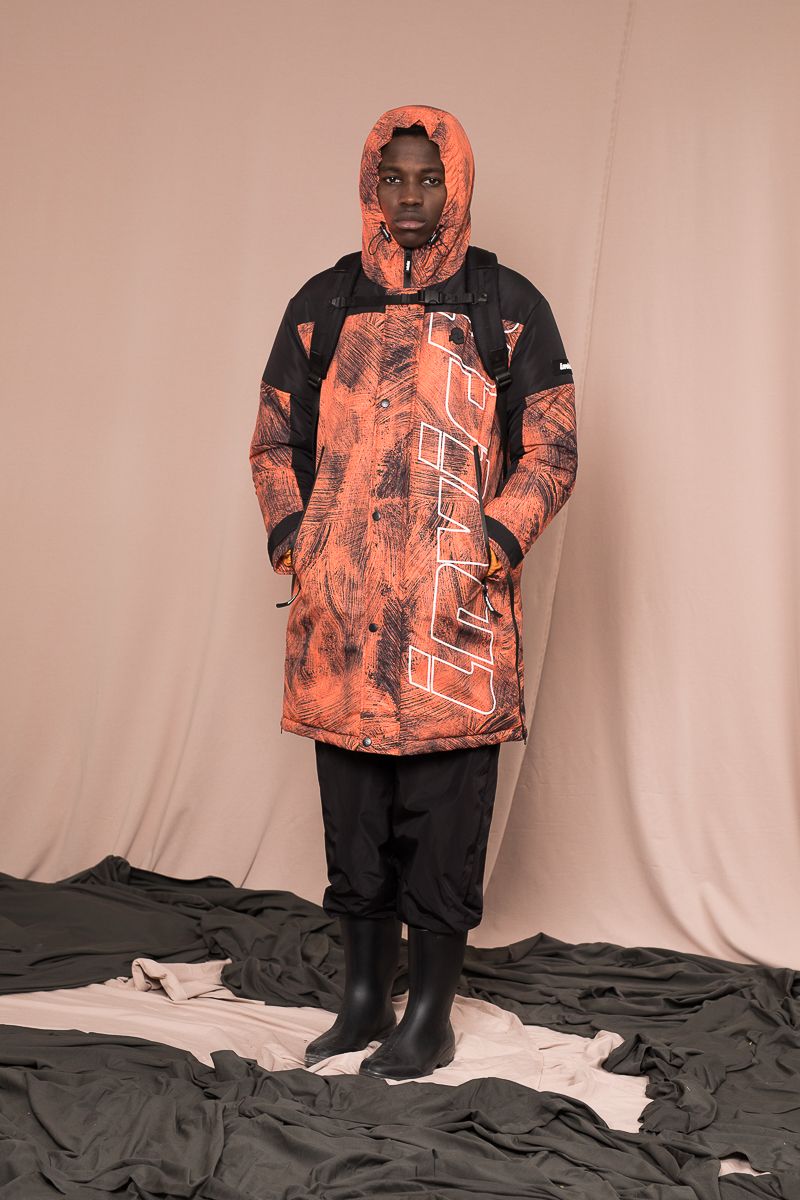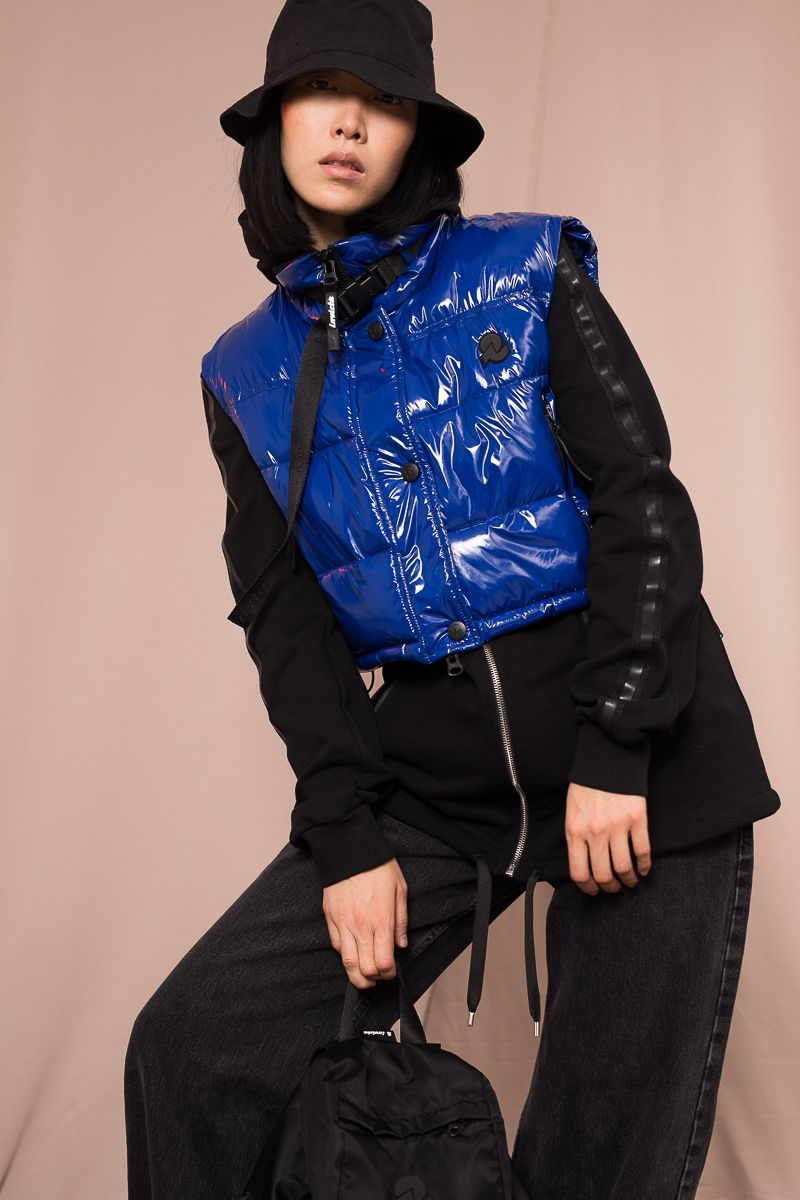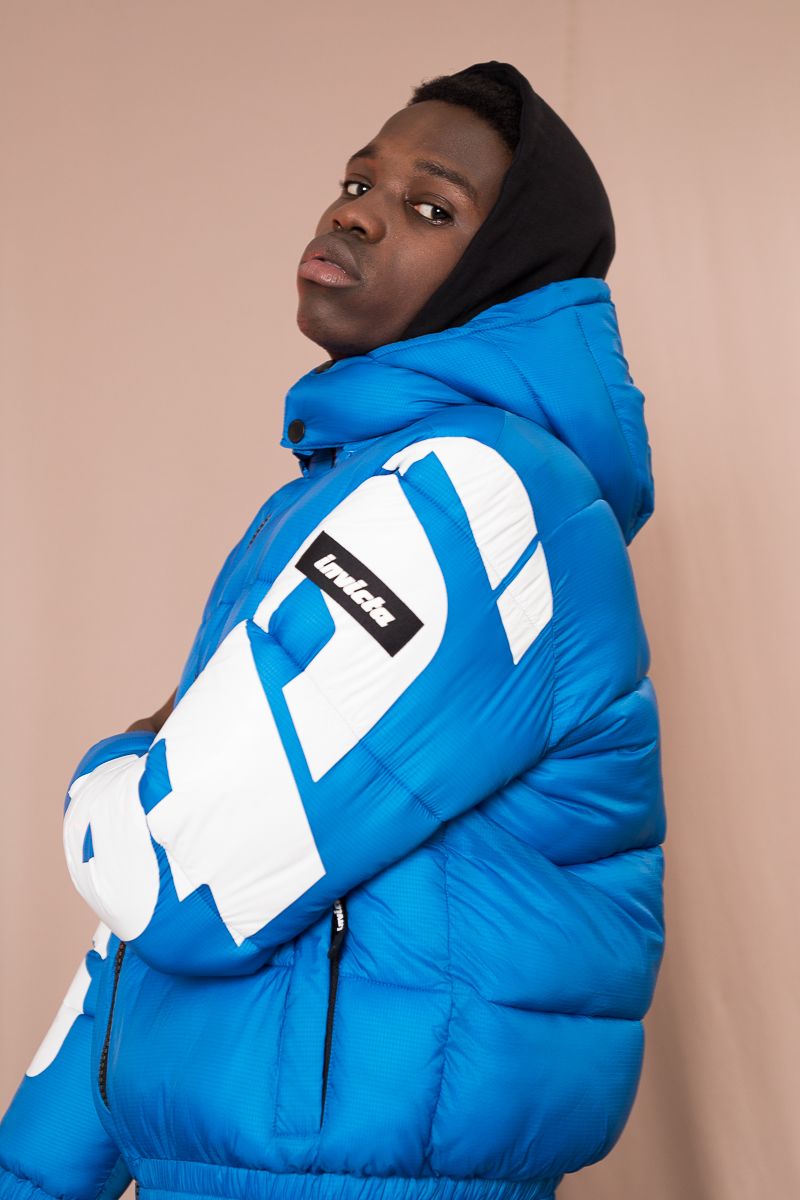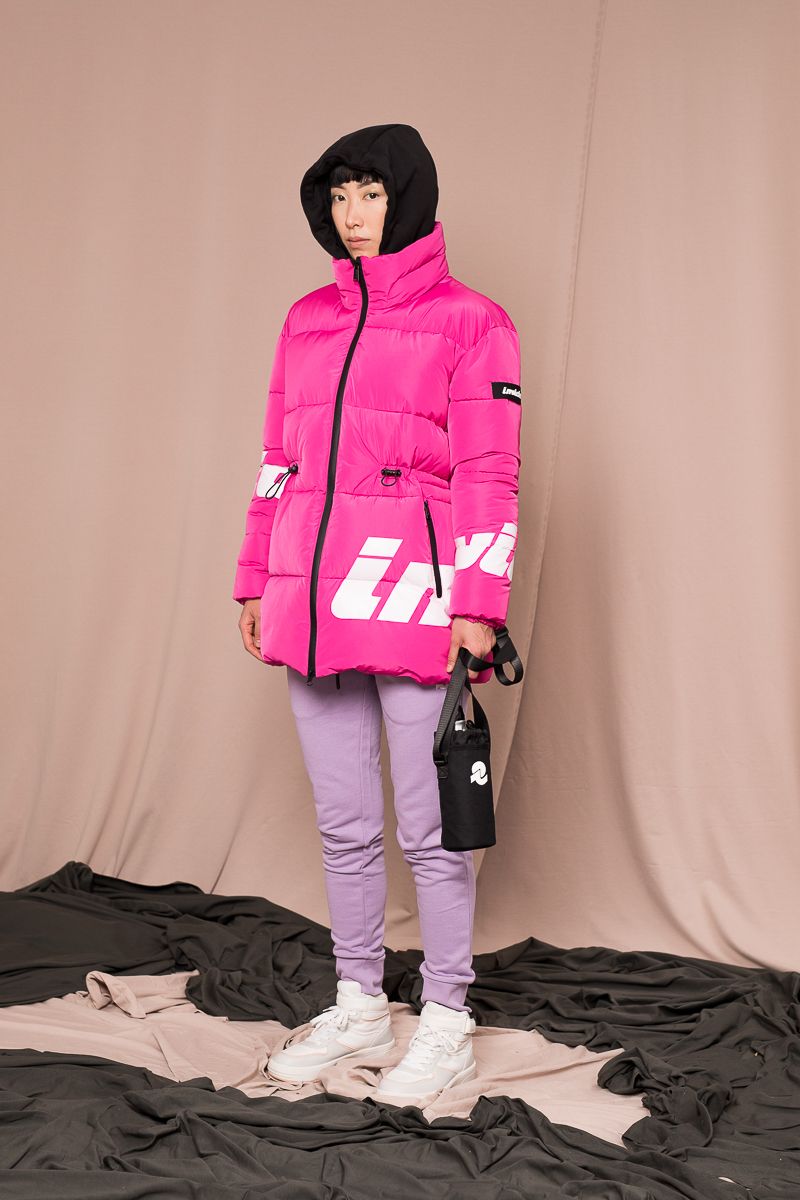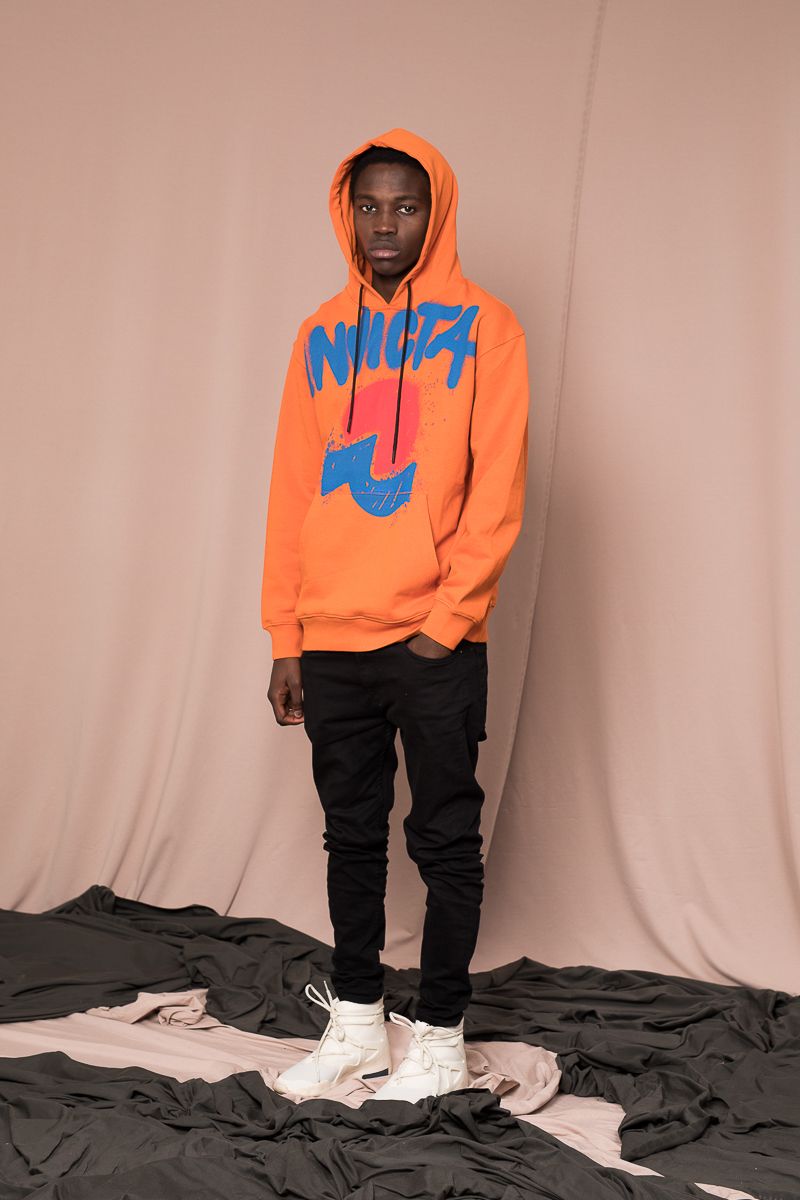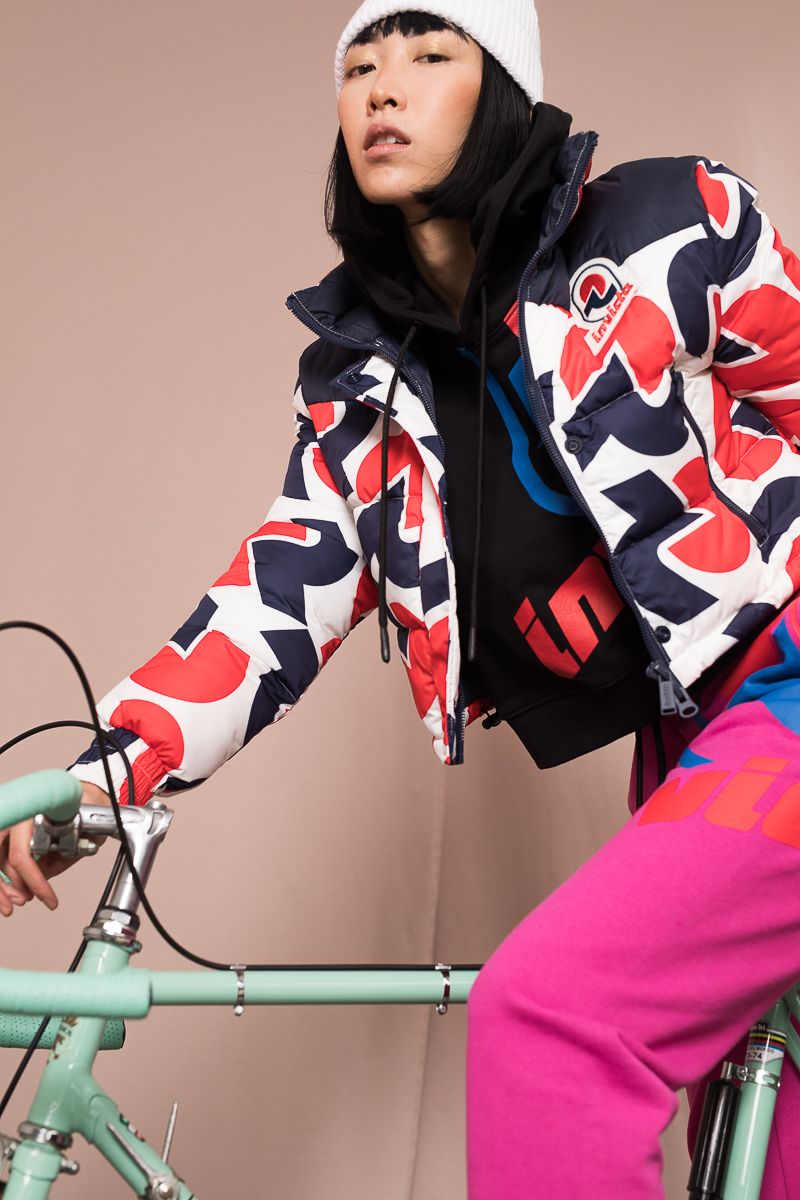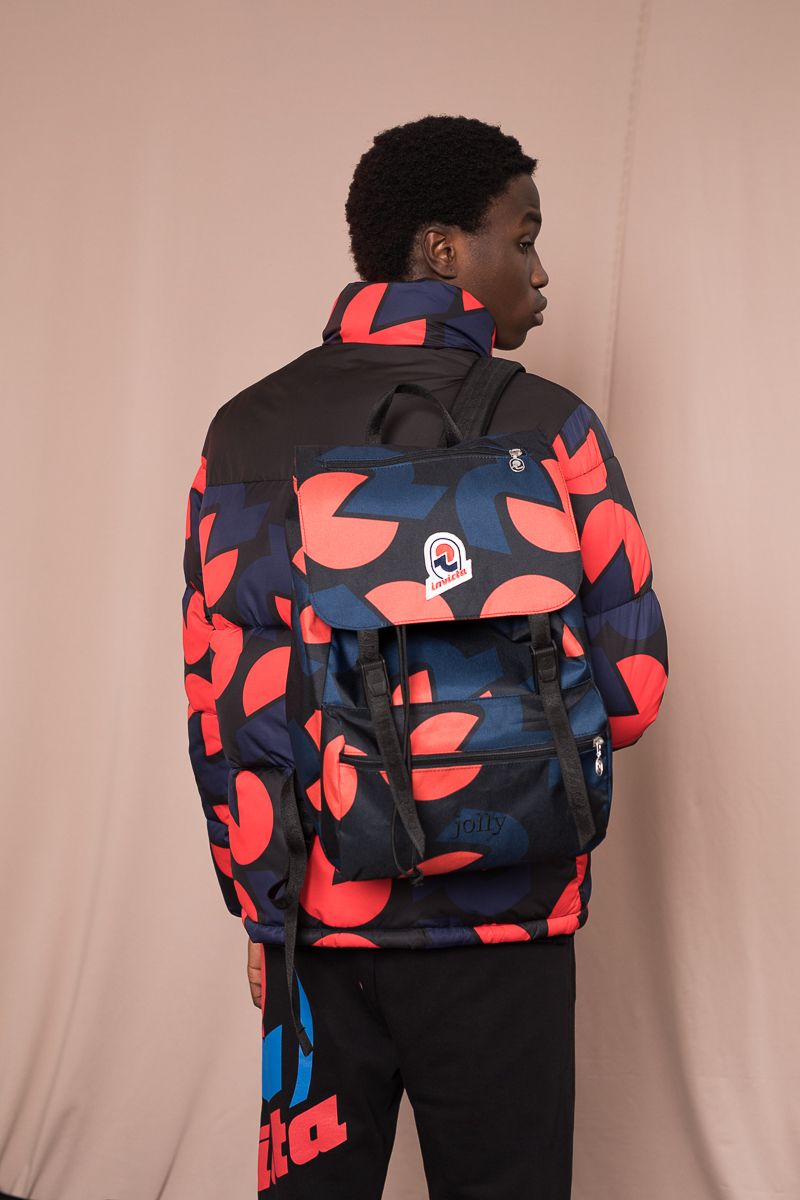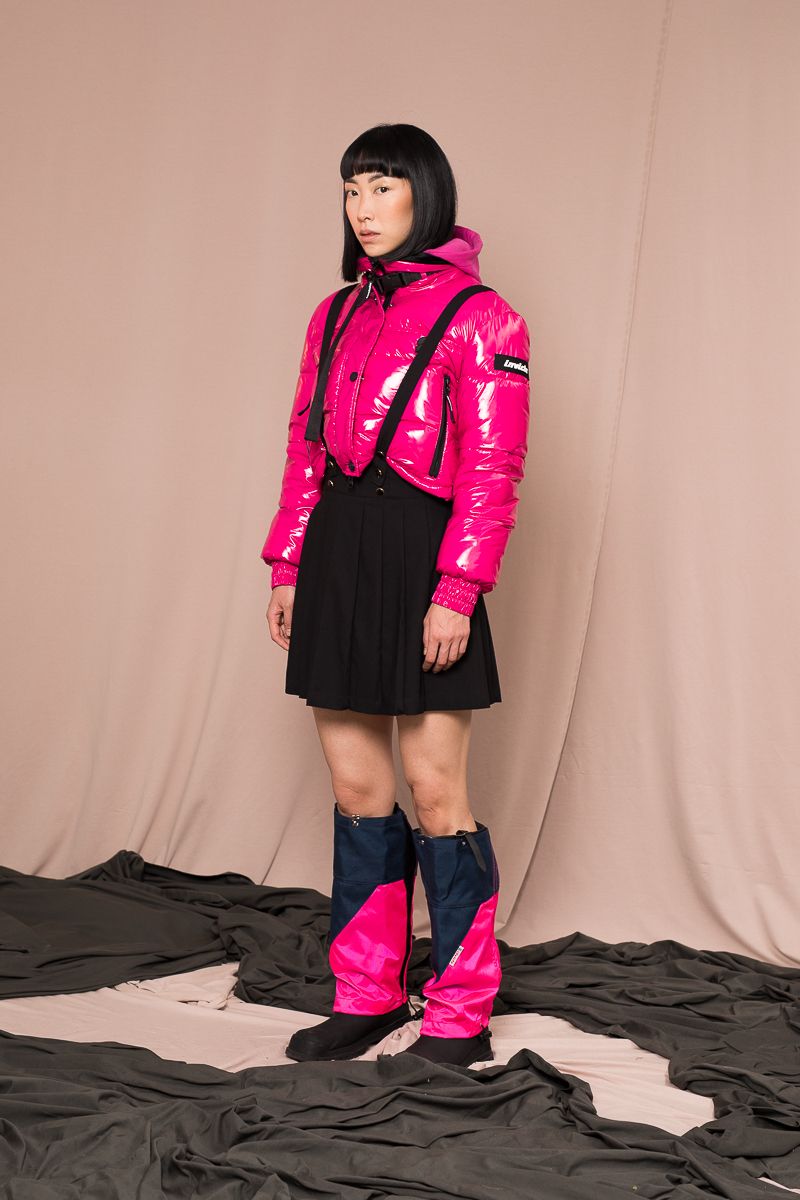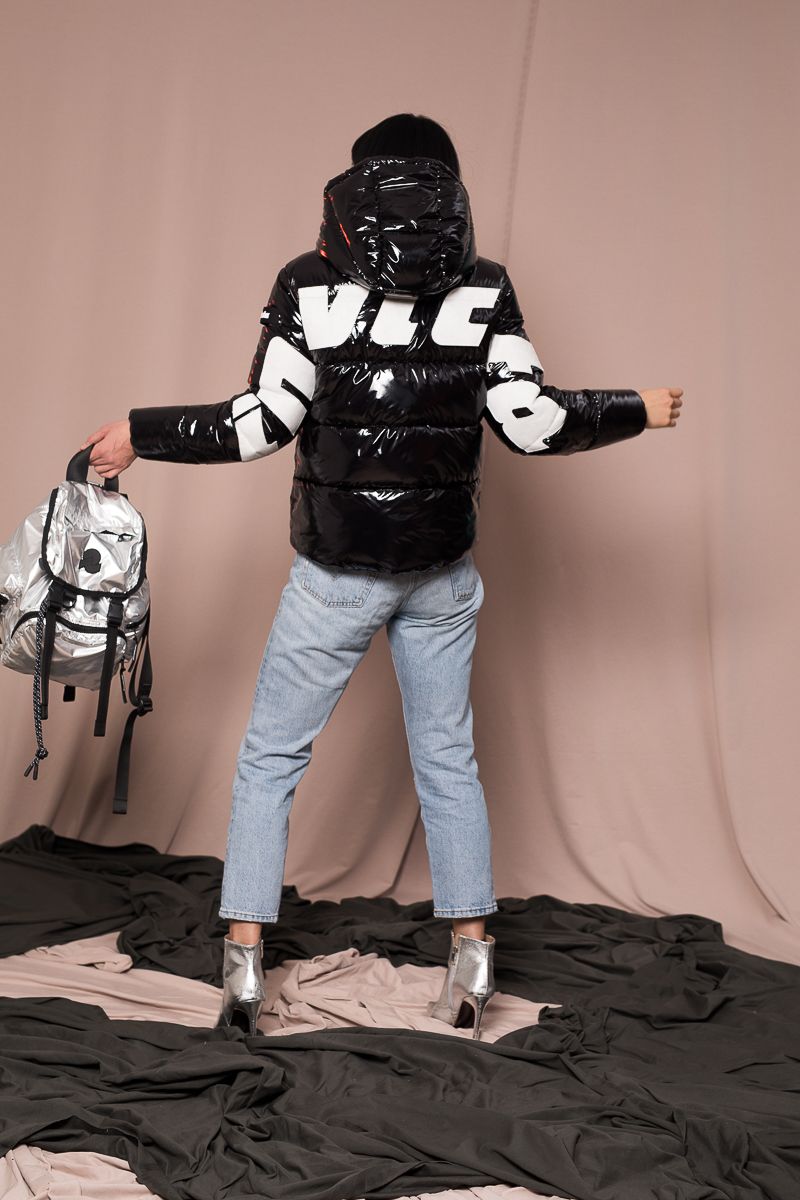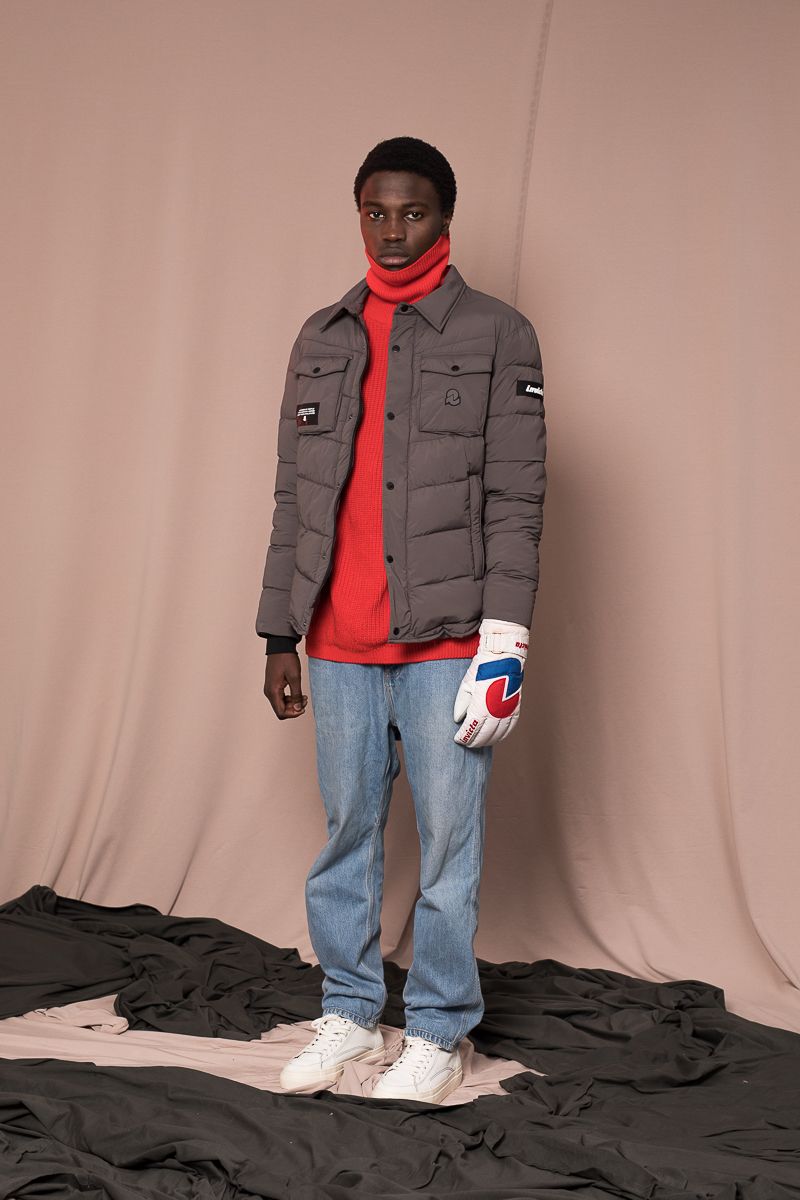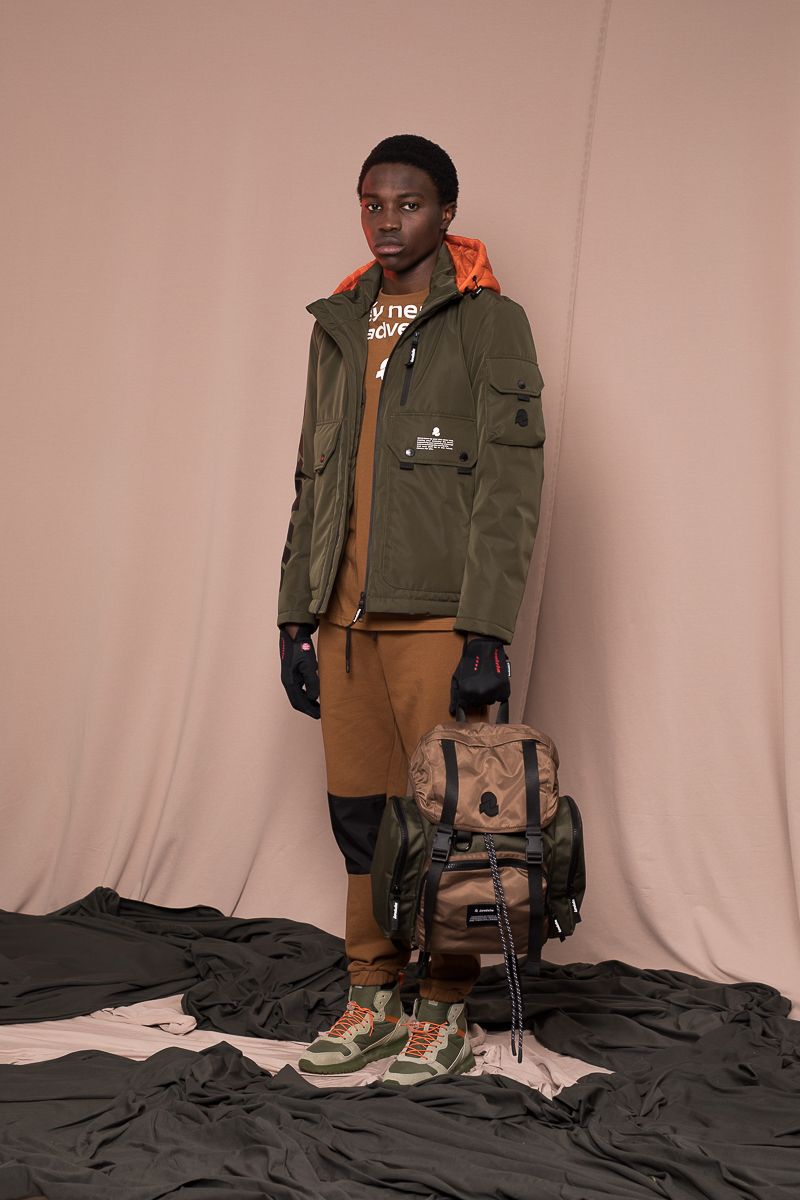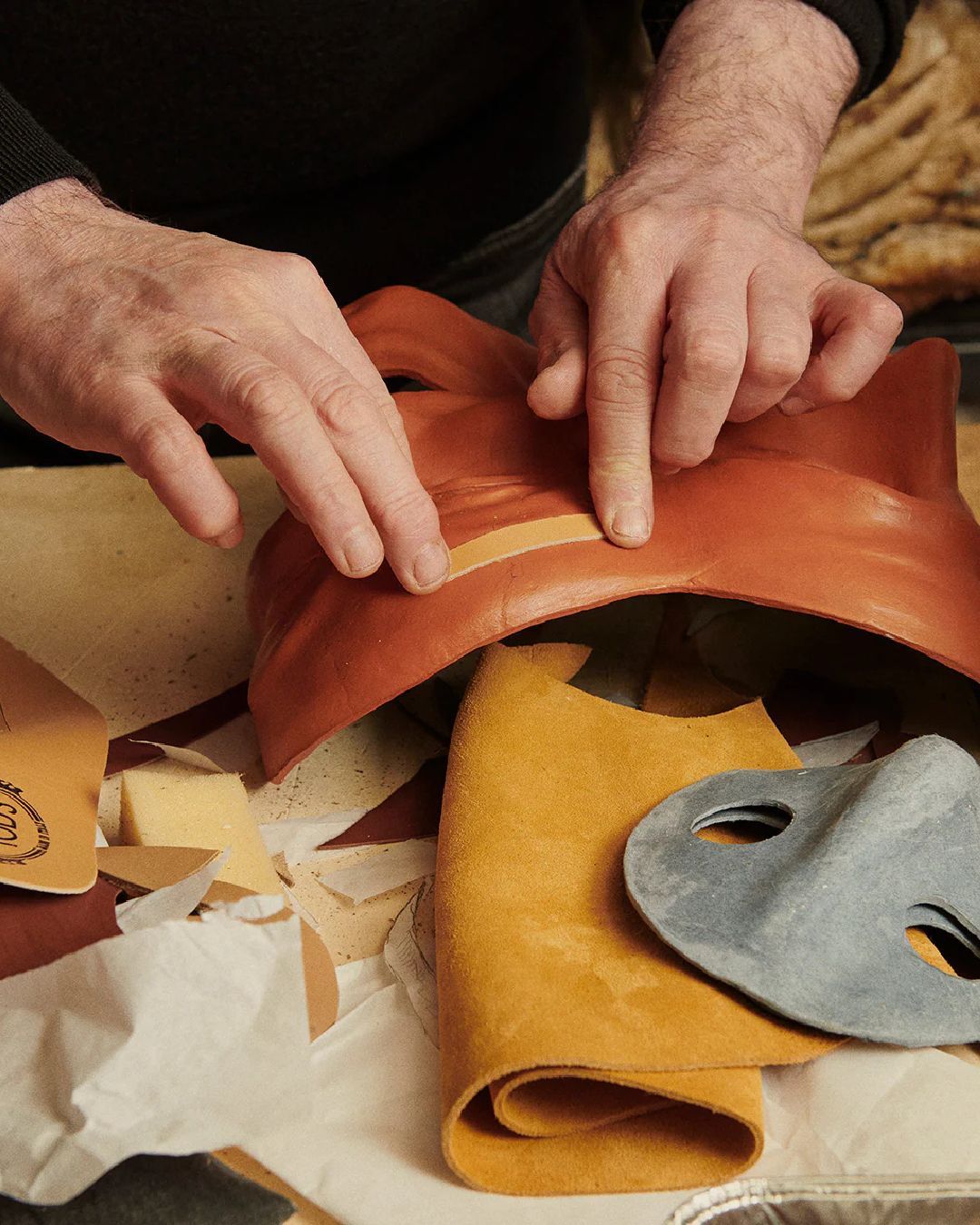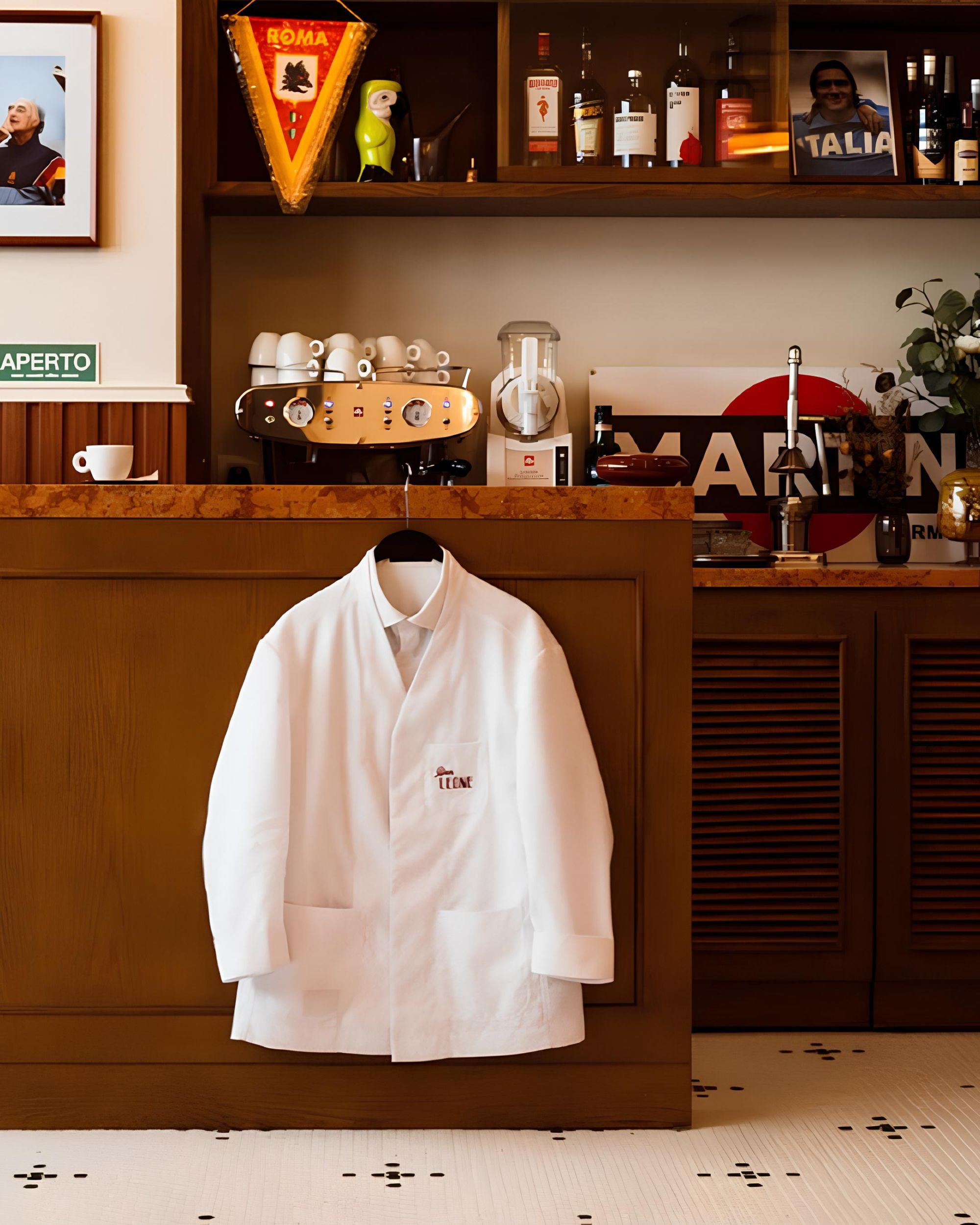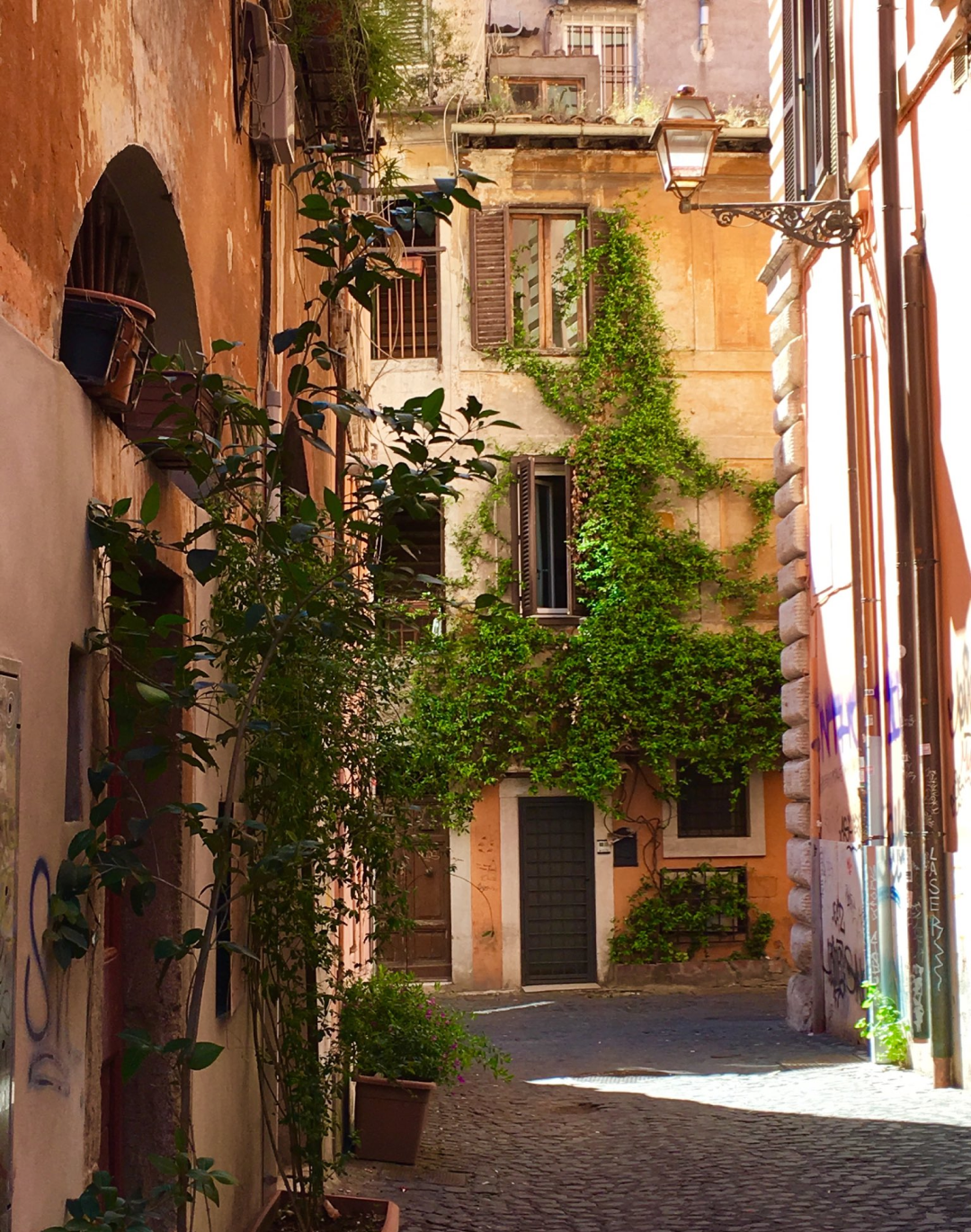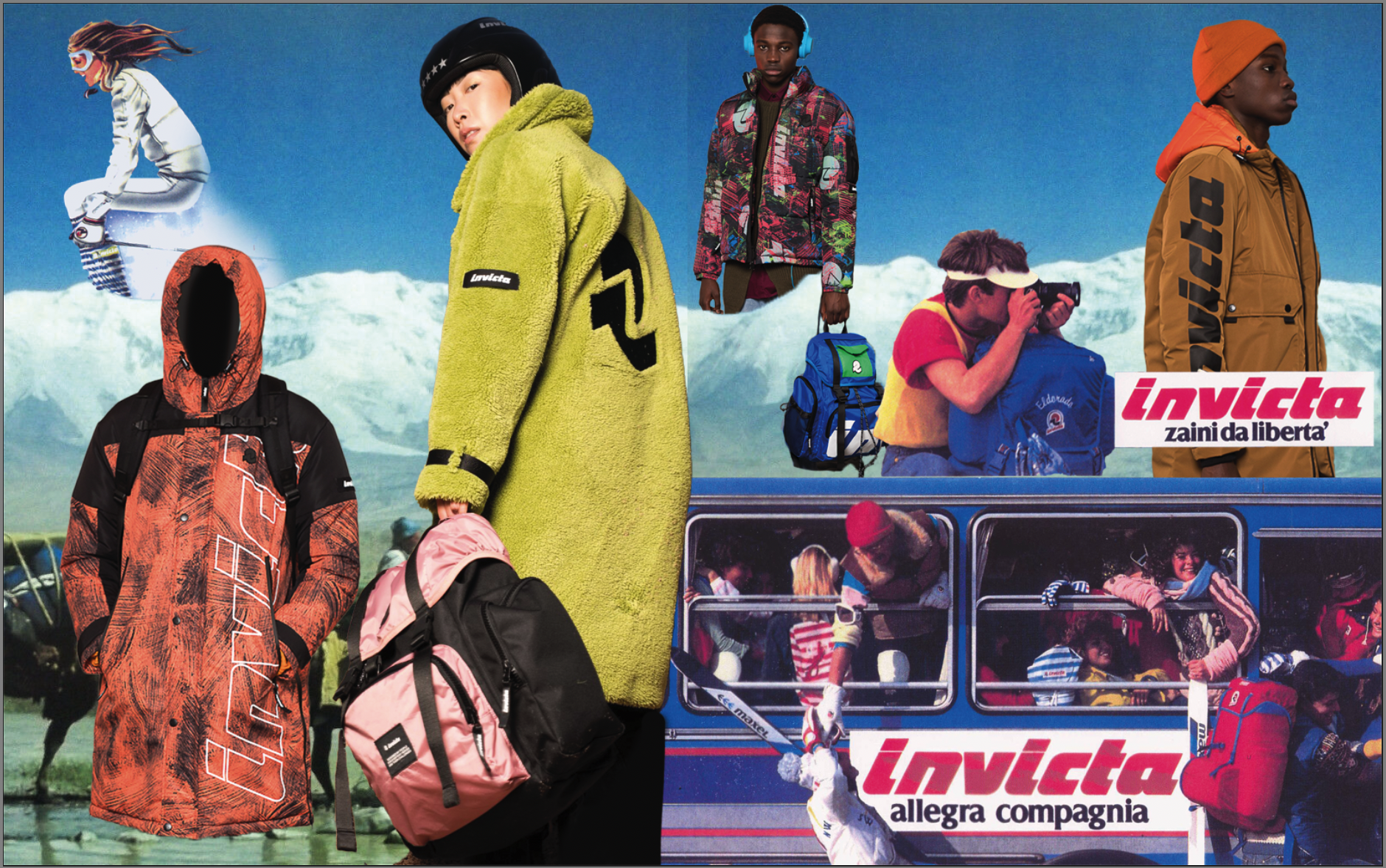
Why Invicta is one of the longest-running icons of Italian pop culture From Italian youth cultures to the world
During the 80s, a new generation of Italians began to dominate the youth culture scene – a generation eager for novelty, technical and social advancement, adventure and expansion of all horizons, geographical and otherwise. It was a generation that found its symbol in the paninari, those young people who abandoned the wool coats of their fathers to convert them into flamboyant duvets, who changed the old leather folders with nylon backpacks and baby carriers and began to look beyond the borders of their region and dream of trips abroad, the white weeks, the exploration of new cultures. An entire cultural process that Invicta followed step by step, starting at the beginning from accessories for skiing and mountaineering, but soon expanding into lifestyle and entering the daily life of all young Italians, becoming one of the first lifestyle brands in our country.
Since the mid-20s Invicta, which was born in 1906 in England as a manufacturer of sturdy military bags, had been acquired by an Italian artisanal company in Turin, immediately moving towards a vocation of technical and communicative innovation – a vocation that was never lost, neither during the success of the 80s nor today, with the new New Vision collection for the FW22 season coming out this year. Already in 1933 the brand introduced the backpack with the bastino for mountaineers and one of its first advertisements; while in '39 it was always Invicta to patent and produce the first waist bag in history. The expertise developed during the war years producing backpacks and gaiter equipment translated, in the 50s and 60s, into a multiplication of lines and projects that immediately established the brand as one of the Italian leaders in the field of mountaineering and sportswear. This fame in the field of athletics and outdoor sports added to the brand's universe the important aesthetic element of the trip - a storytelling that the brand reinforced by bringing its products in expeditions to the Andes, the Hindu Kush and the Himalayas.
A varied and multiple life that is witnessed by the advertisements of the time made their backpacks in kits for adventures around the world. A series of advertisements, also from the 80s, consisted of a series of portraits in the foreground of Japanese or South American women, Aborigines and so on with the slogan: «Look the world in the eyes». If, on the other hand, it was the advertisements of the other lines of the brand, the journey was always present: from the caravans of modern travelers in the Himalayas to a tourist who asks for directions to a group of women against the background of an African desert, passing through the advertisements set in the Gobi desert or those that had the New York skyline as a background, freedom and adventure were central elements of an imaginary that led the old Italy to dialogue with the world and that presented a reality made of possibilities, internationalism, an expansion without borders. In addition to the journey to new horizons, Invicta also affirmed its role as an icon of Italian culture by becoming the technical supplier of the Azzurri for the Winter Olympics.
In the 80s, then, when the backpack became a necessary accessory for everyday life, Invicta produced its iconic Jolly backpack - which started a real iconographic revolution for Italian youth so much so that perhaps there is not a single house in Italy where you can not find an Invicta backpack. In 2015, among other things, the Treccani Encyclopaedia included the Jolly backpack among the 90 icons of Italian culture alongside the Ferrari F40, Barilla pasta, Kinder Sorpresa, scooters such as the Vespa and the Ciao or the Graziella, the Luna Rossa boat by Prada, the Gucci Bamboo Bag and design masterpieces such as the Bourgie lamp, the Table with Wheels by Gae Aulenti, the World Cup by Silvio Gazzaniga and the Arco lamp by the Castiglioni brothers. Alongside the production of backpacks, the outdoor and mountaineering soul of Invicta always remained a central element: the brand remains today one of the pioneers of that outdoor-pop style that in the 80s and 90s onwards had a continuous success in our country and was always synonymous with an adventure tinged with a youthful character but also with vitality and action, of a radical joie de vivre.
The longevity of the brand was then maintained over the years, at the turn of the generational transition between Millennials and Gen Z, thanks to a balanced innovation strategy, which led, for example, the brand's famous backpacks to take on an aesthetic increasingly closer to minimalist techwear that has perhaps reached its best expression with the latest FW22 collection that with the name of New Vision wants to constitute a milestone in the history of the brand marking the beginning of a new conception of the great Invicta classics designed for a new generation. The continuity between past and present remains a fundamental theme, starting from the three lines in which the new collection is divided: the Heritage line reinterprets and reinterprets the brand's archive items, updating its style but maintaining key aspects such as colorways and historical logos; on the other hand, the Legacy collection, which is also the most central part of the collection, updates the logo in a minimalist version and presents a new series of cutting-edge elevated essentials that incorporate genderless, eco-conscious and nature-inspired color items giving an overview of the new design and aesthetic philosophy that animates the brand.
Finally, the Trend line is the boldest of the new collection, designed to maintain functionality while evolving mood and silhouette towards new volumes and stronger and maximalist colors - the latter is perhaps the part of the new New Vision collection in which contemporary inspiration and style are felt with greater force. All three lines appear as separate but remain related to a common inspiration that is the classic one of Invicta, betting on technical innovations such as Thermore padding and eco-furs, and renewing the brand's commitment in the field of sustainability. The most striking sign of the cohesion of the brand's new vision is, for example, the matchability of backpacks and clothing – an extension of the idea of total look that gives the measure of the breadth achieved by the brand's lifestyle vision.










































